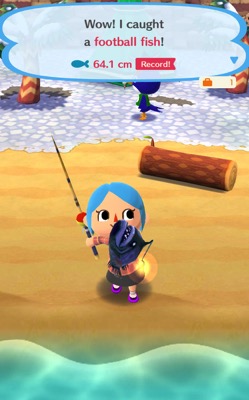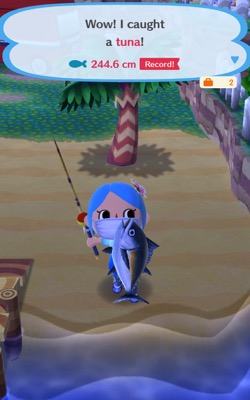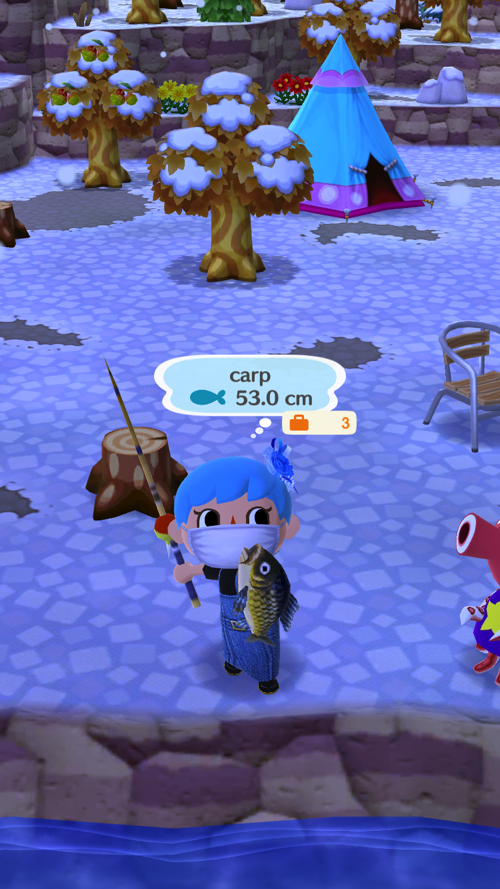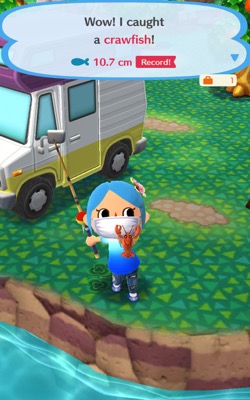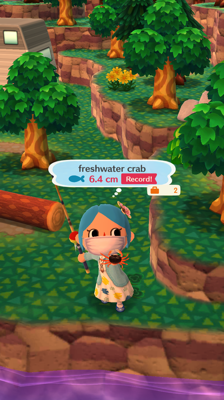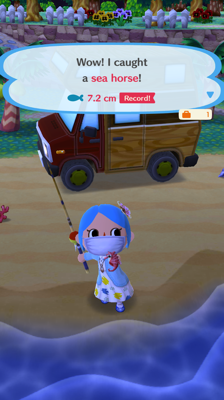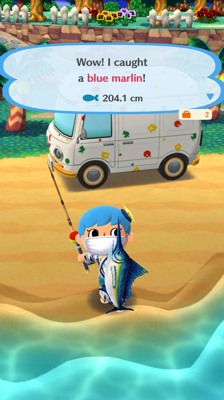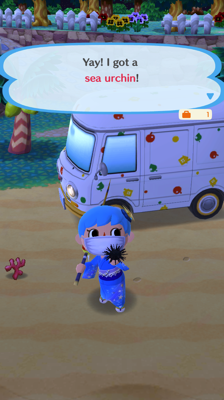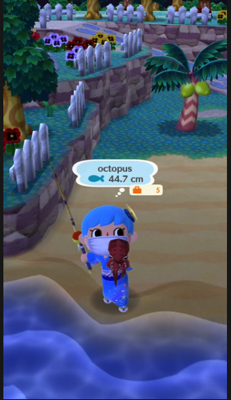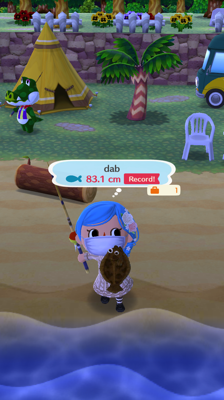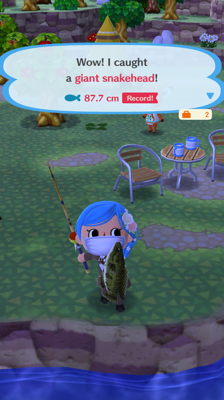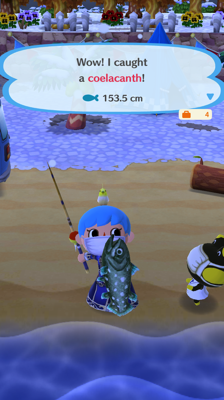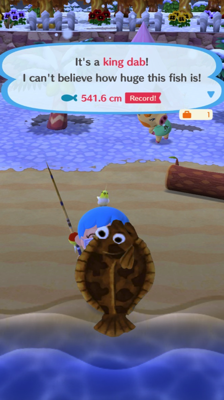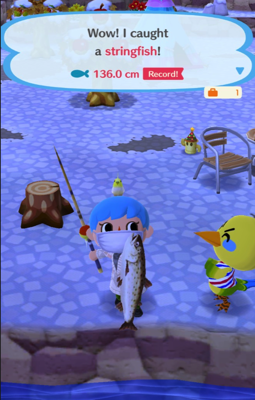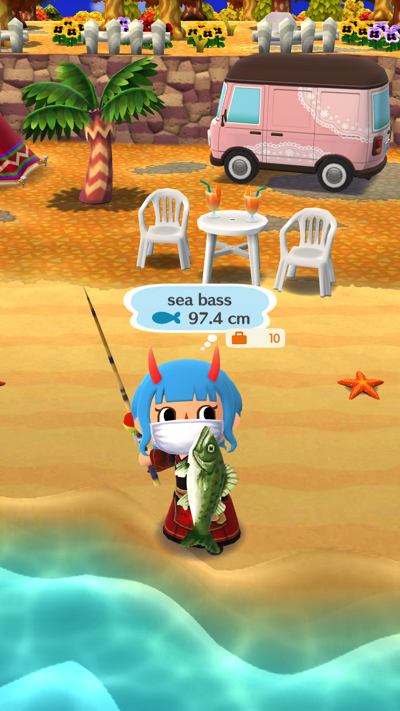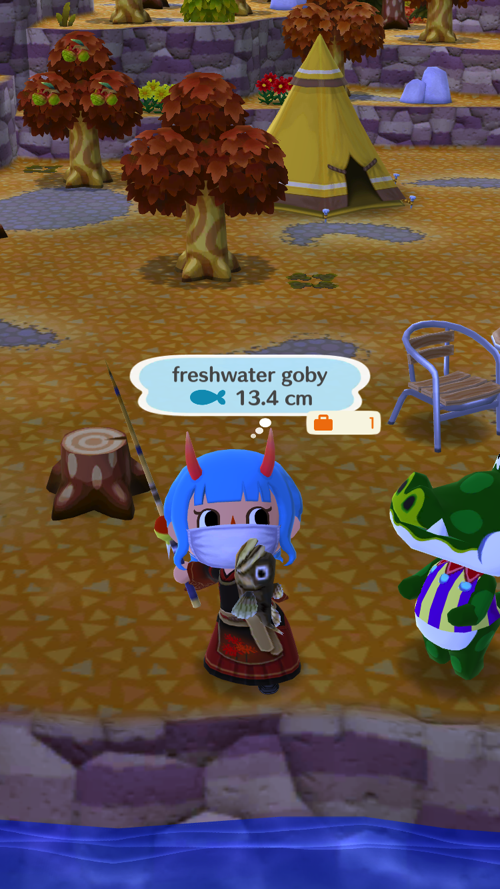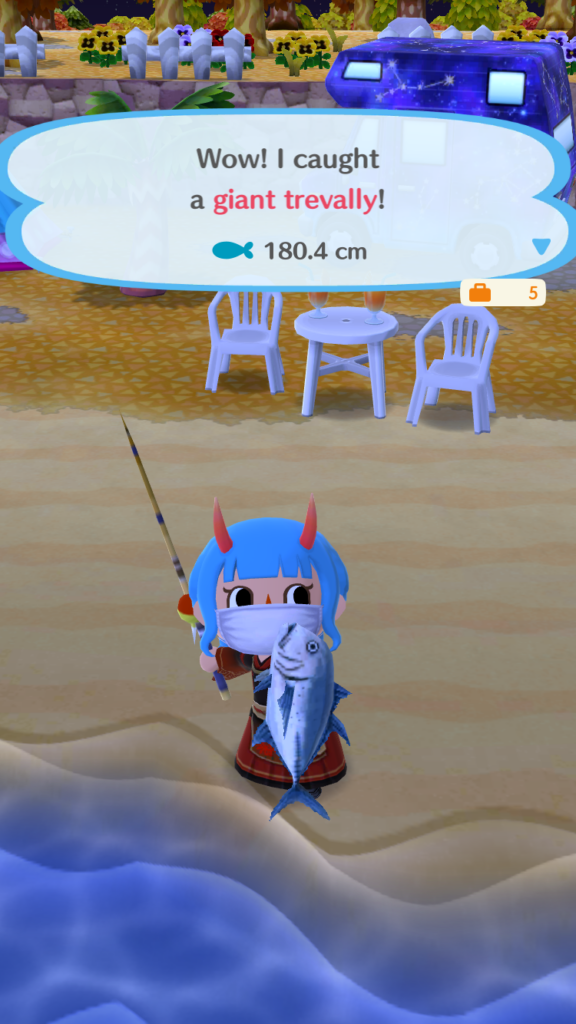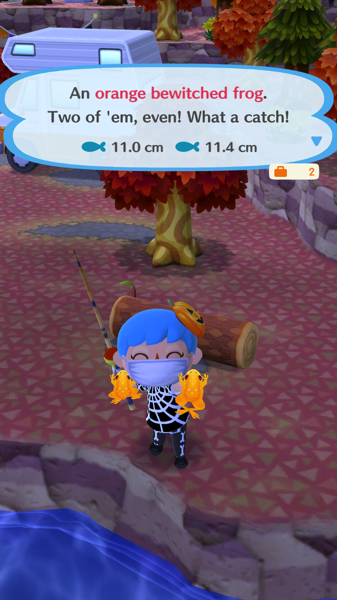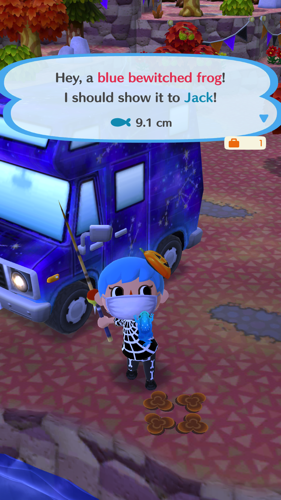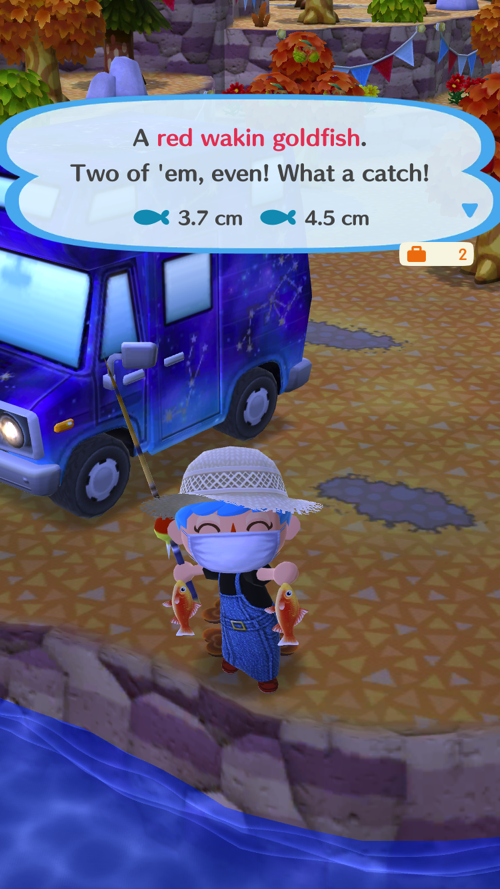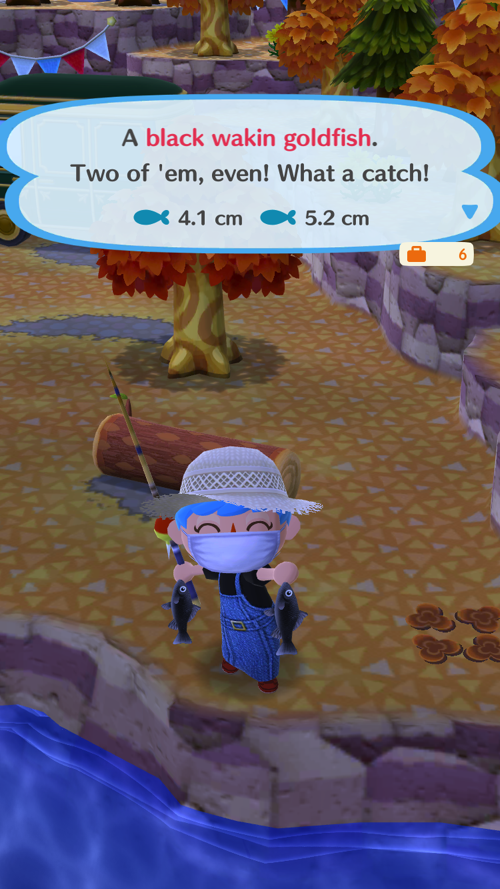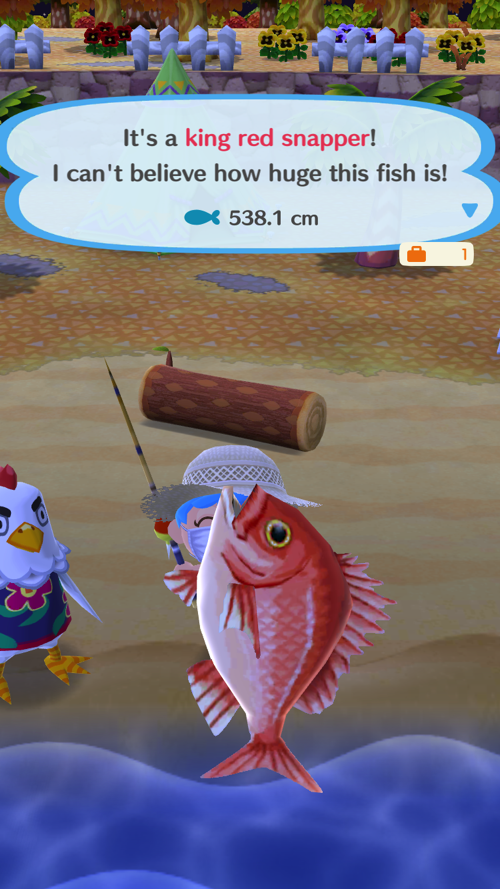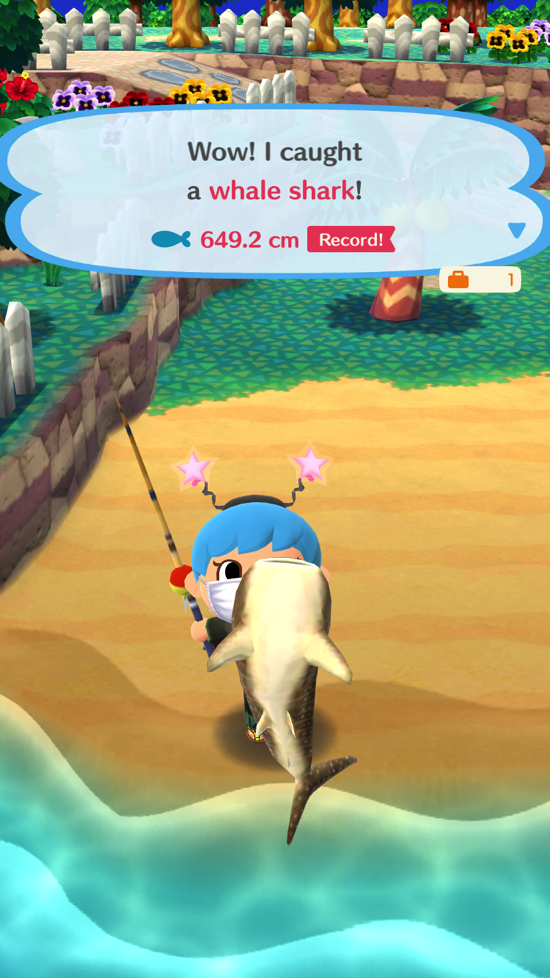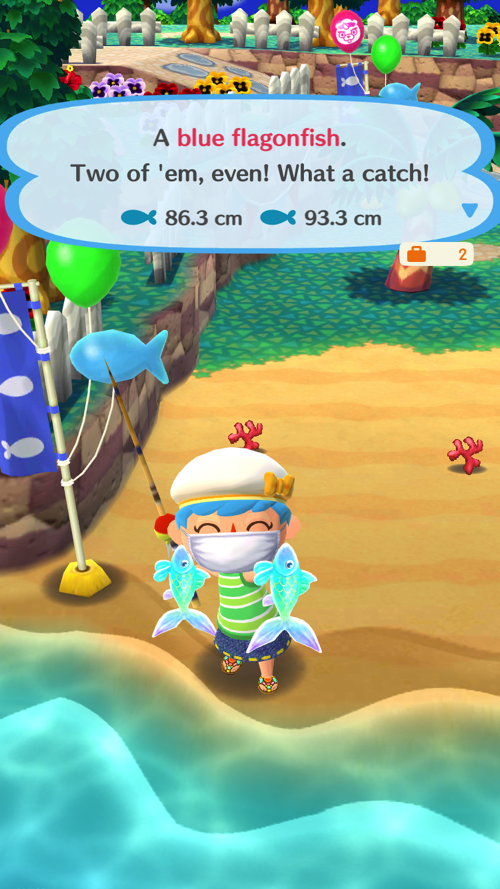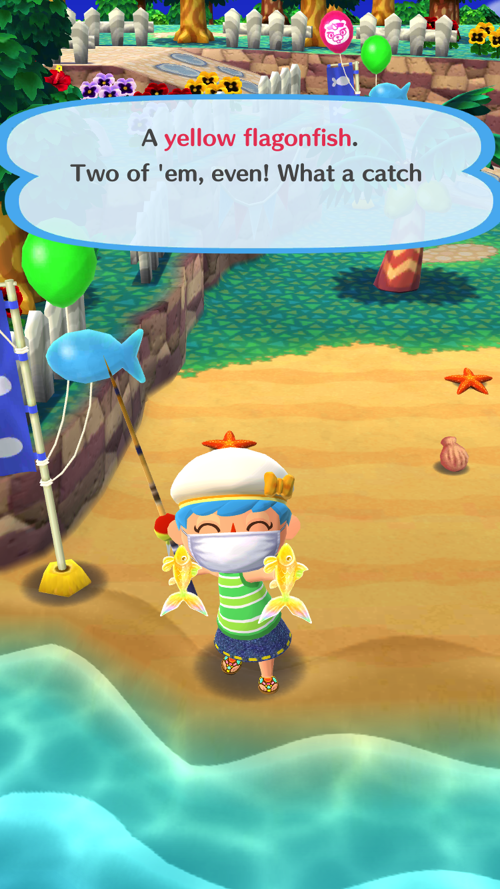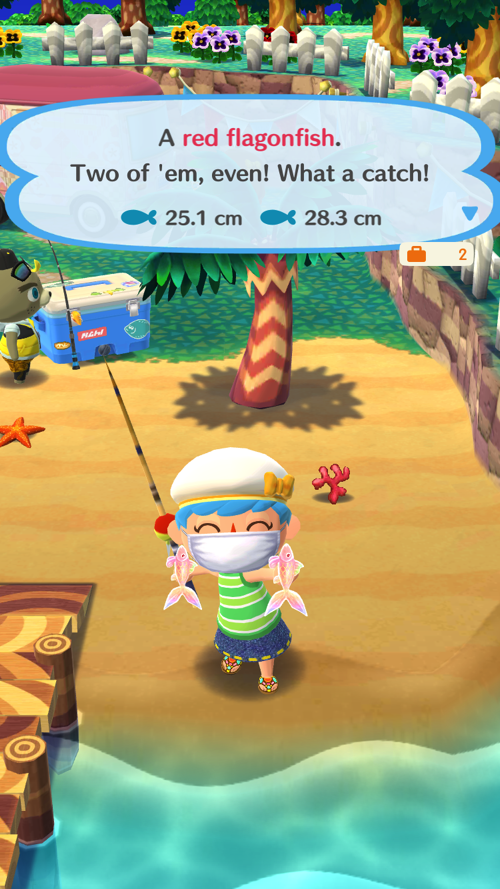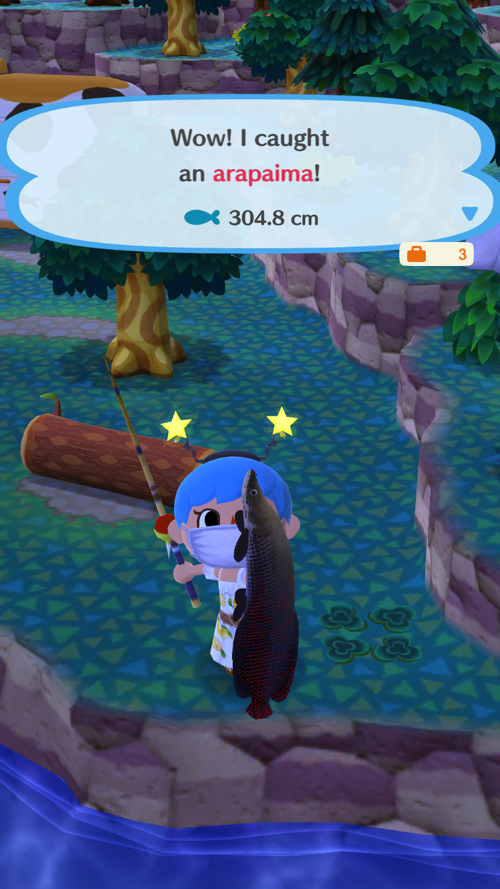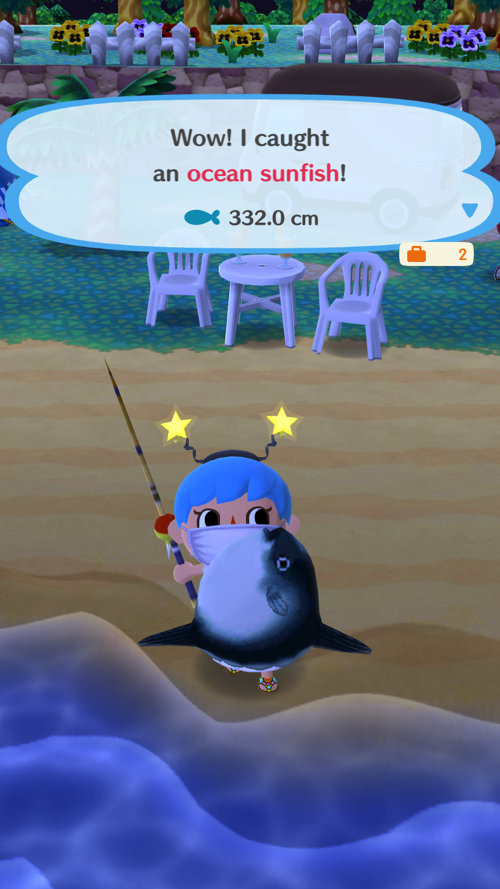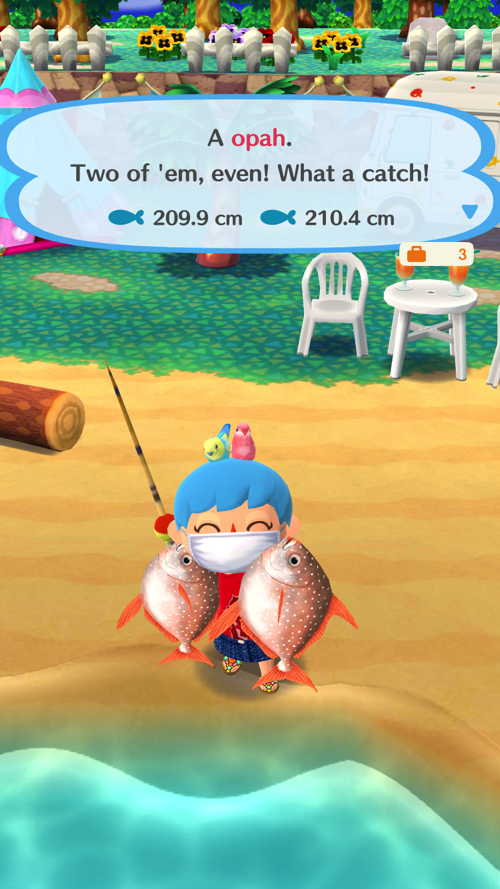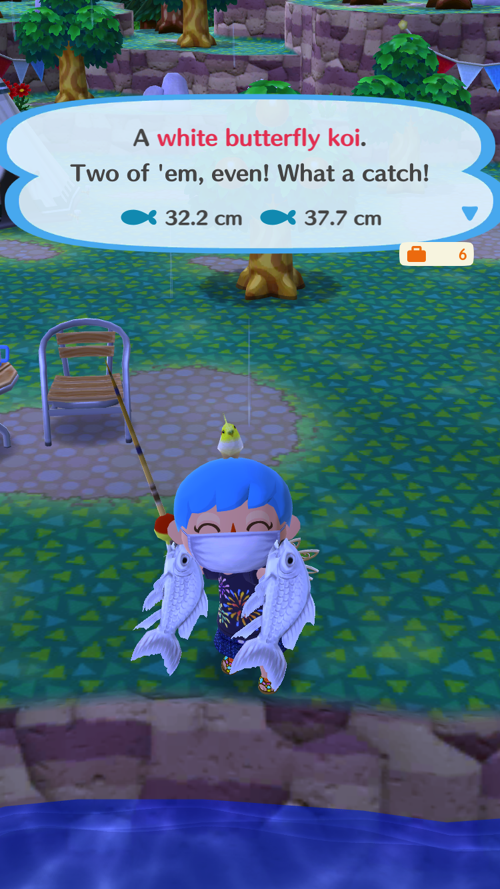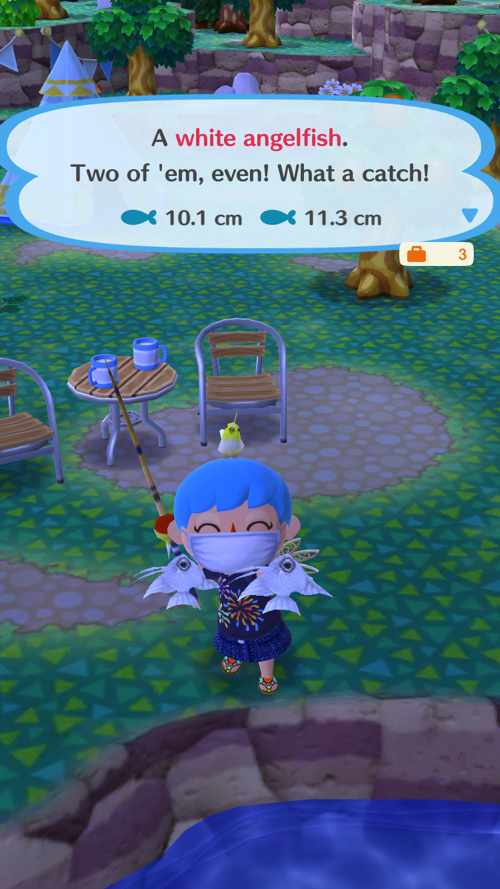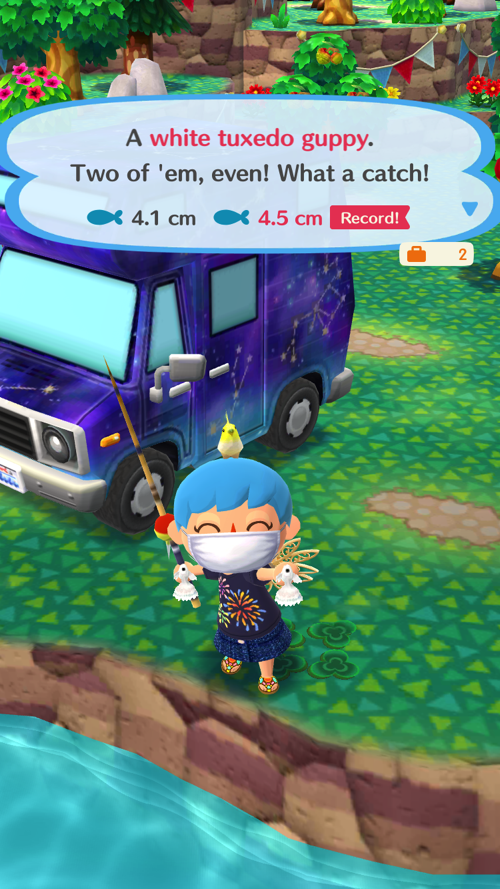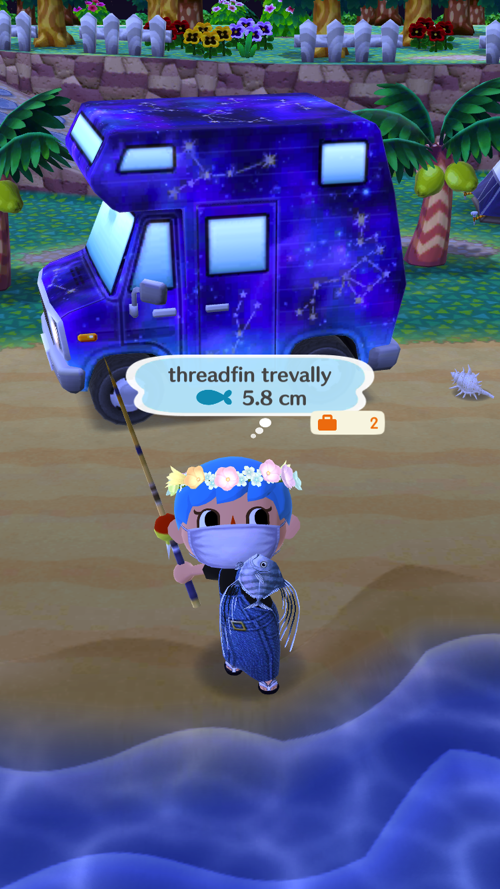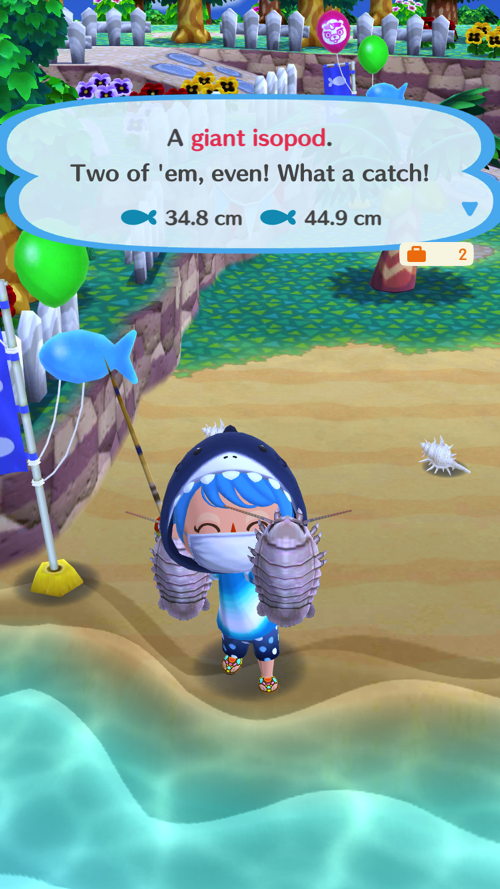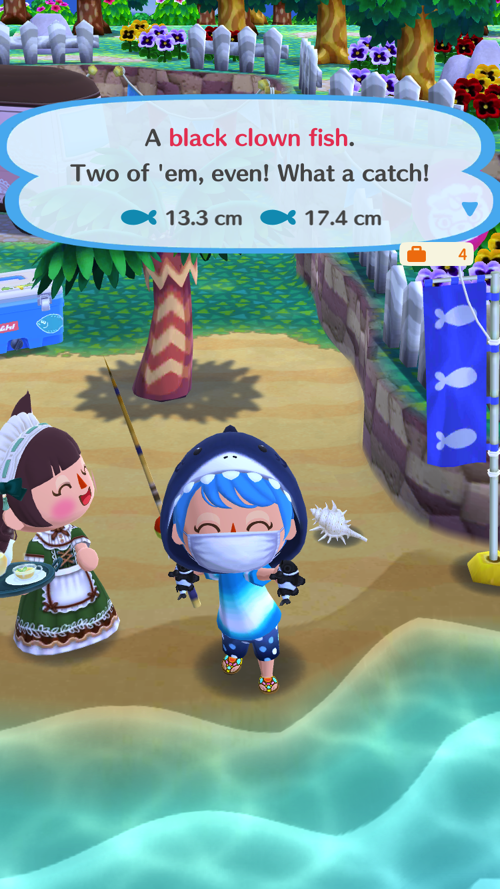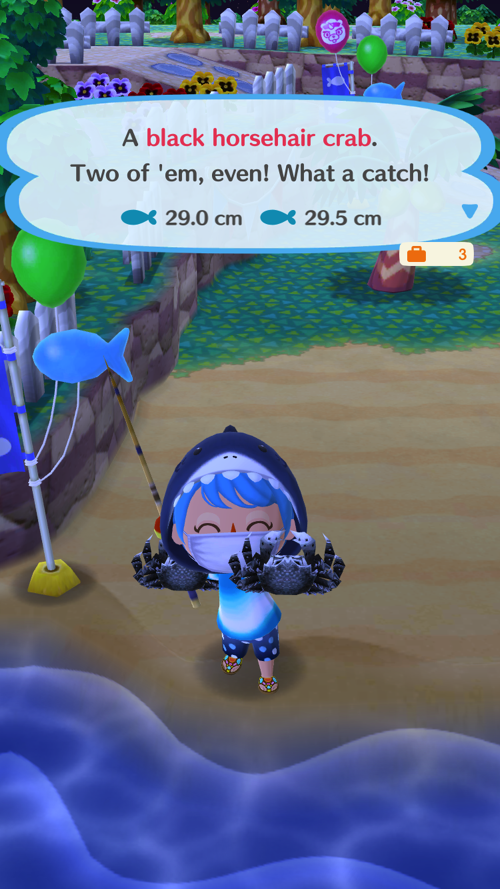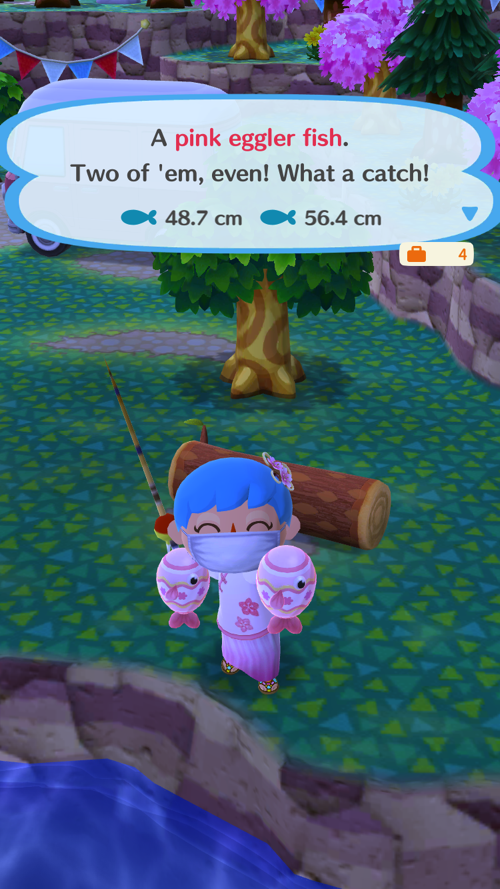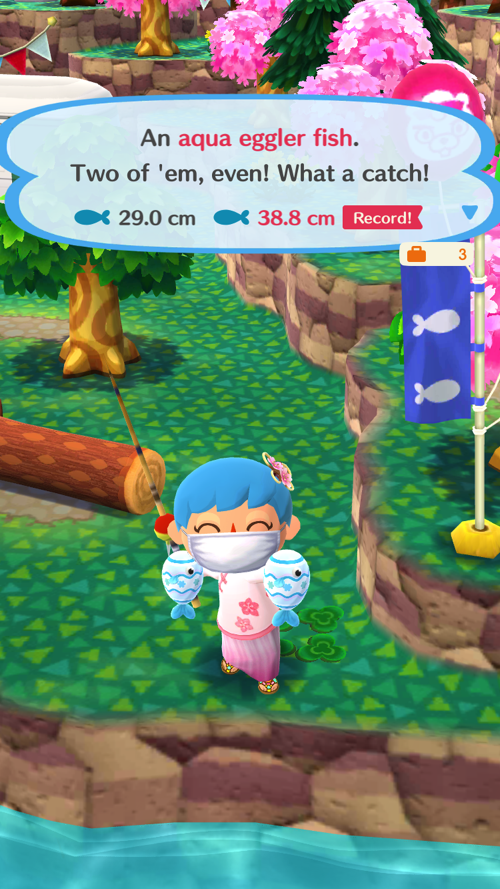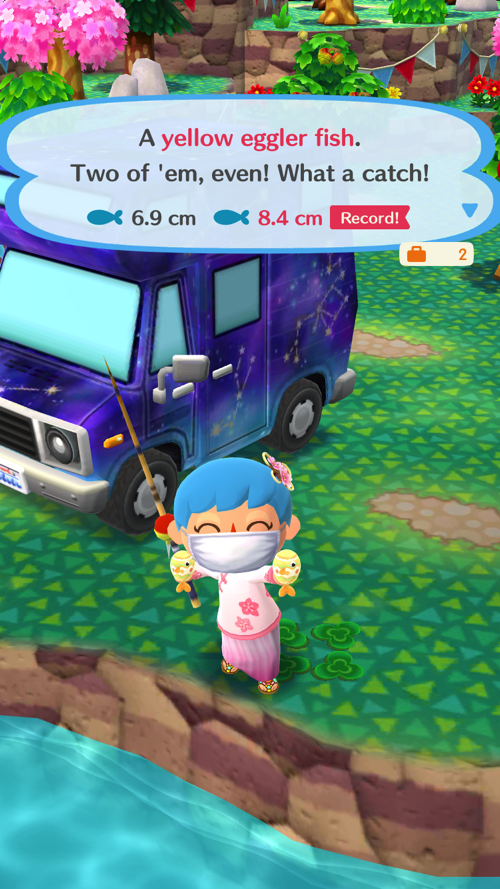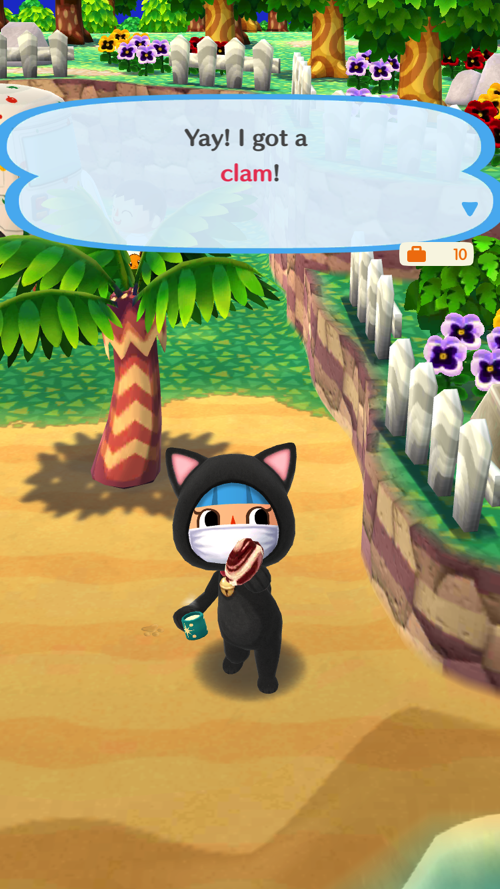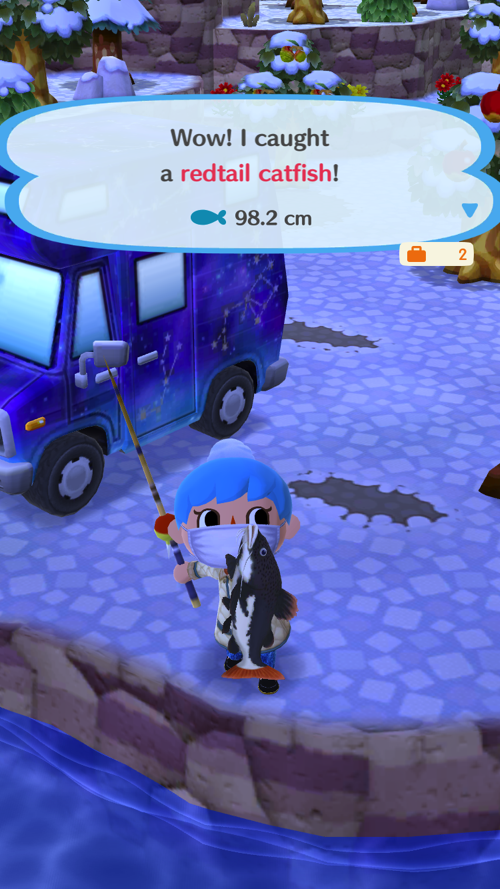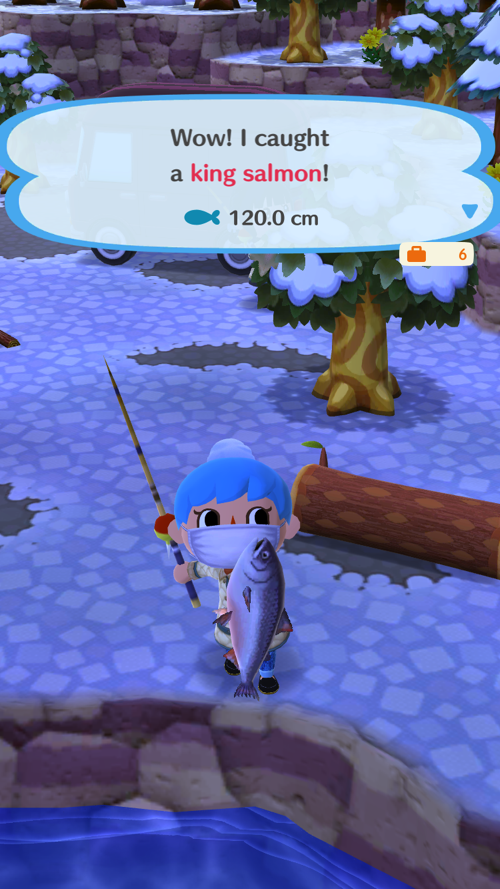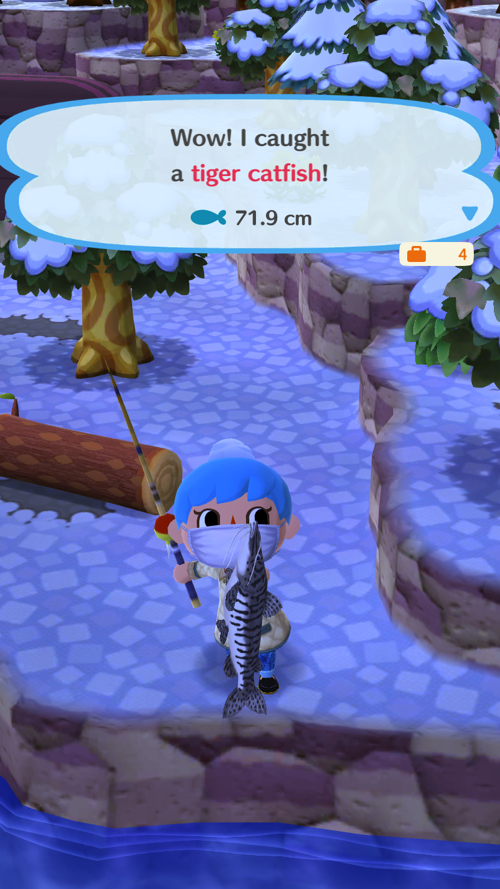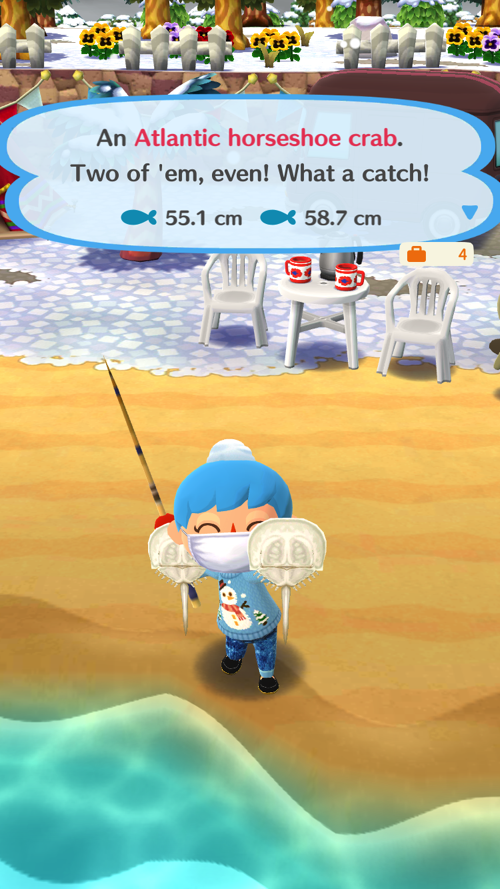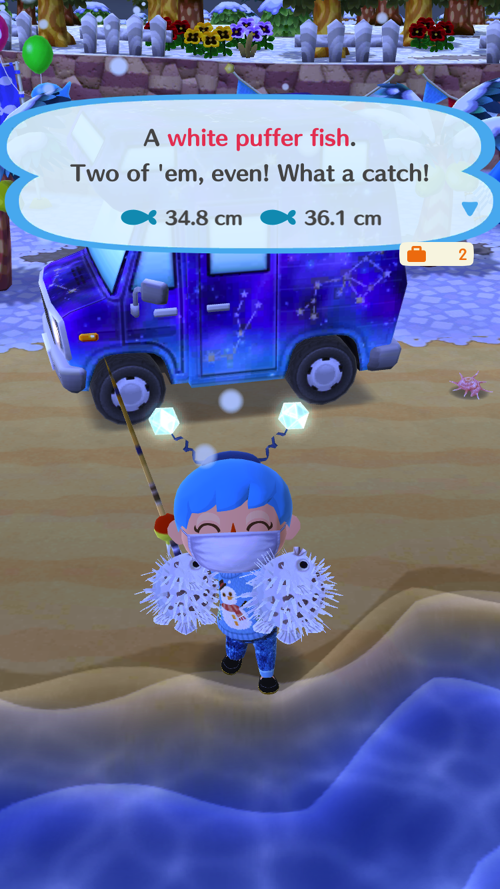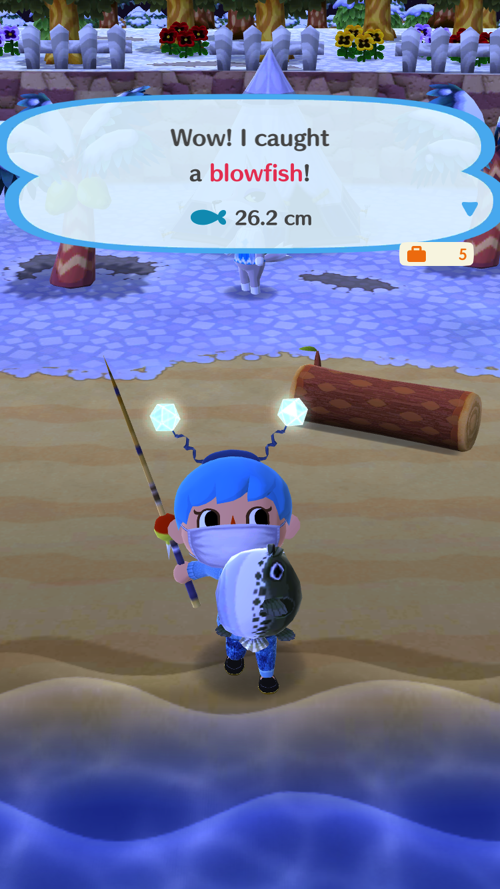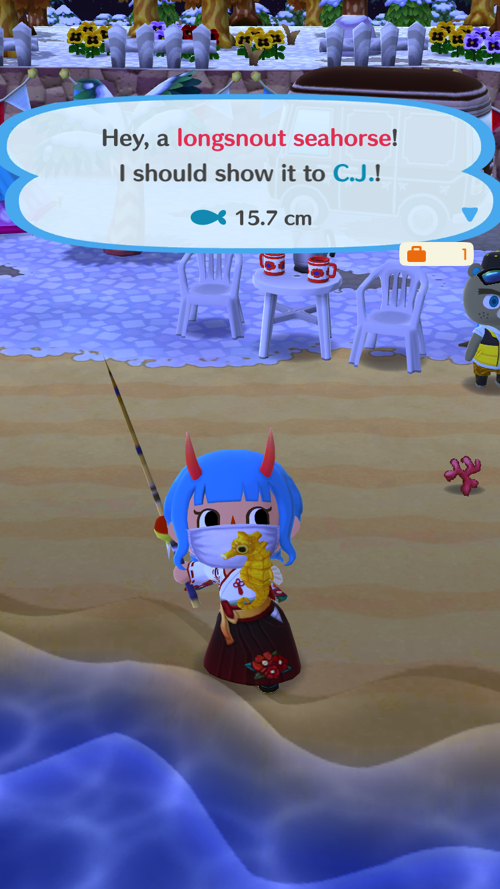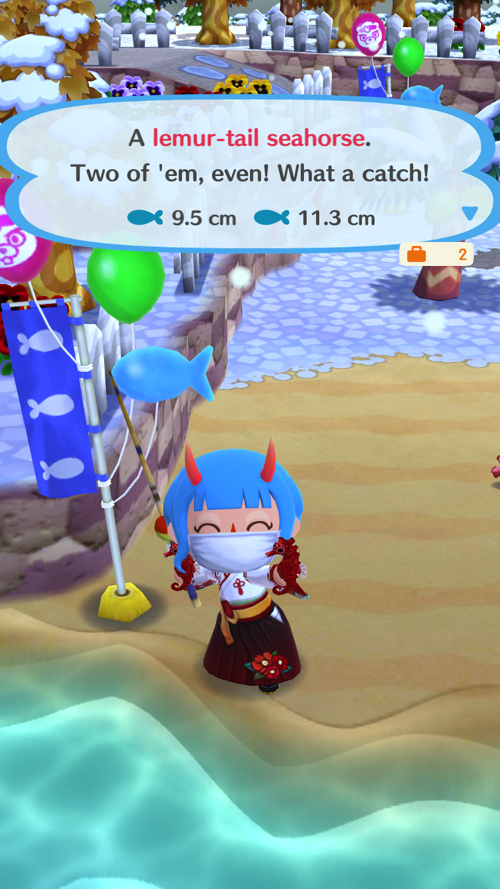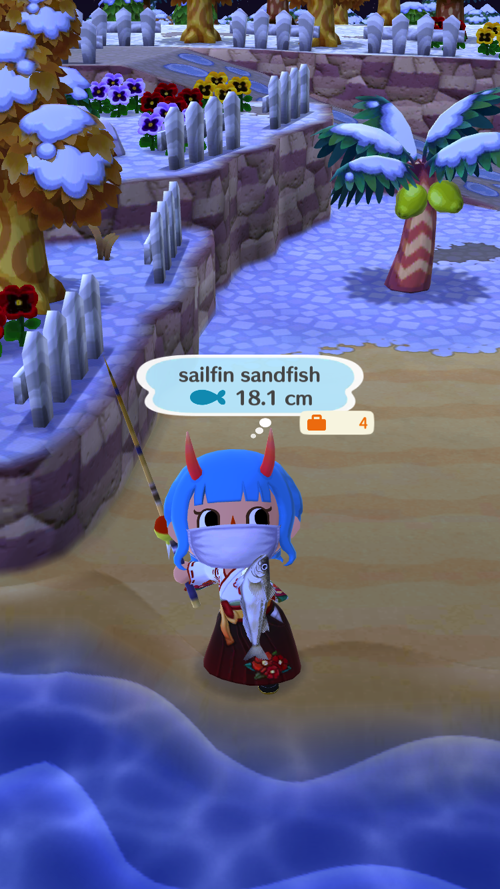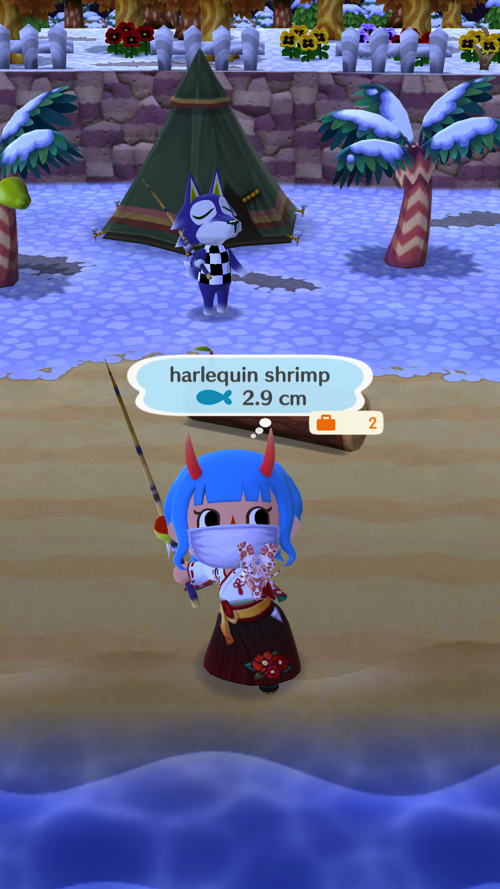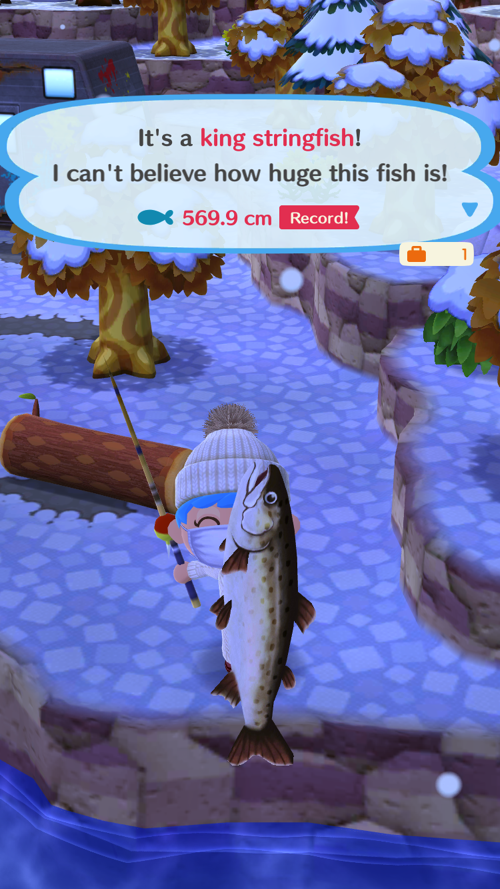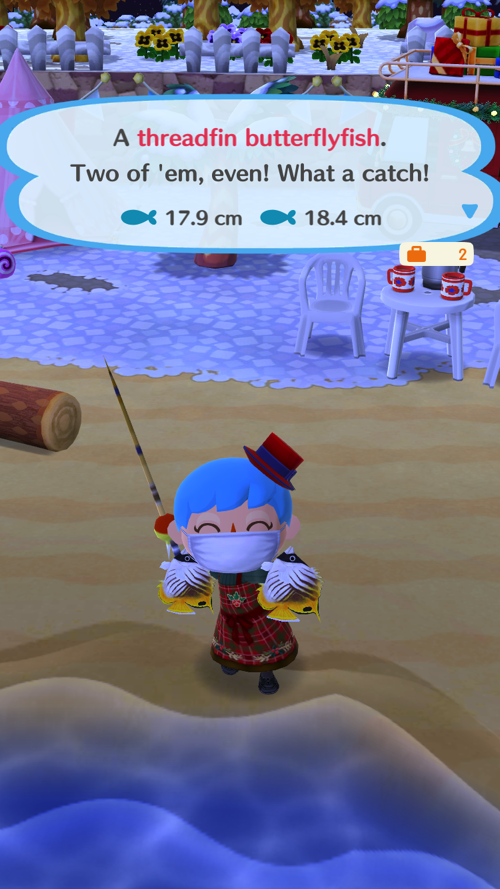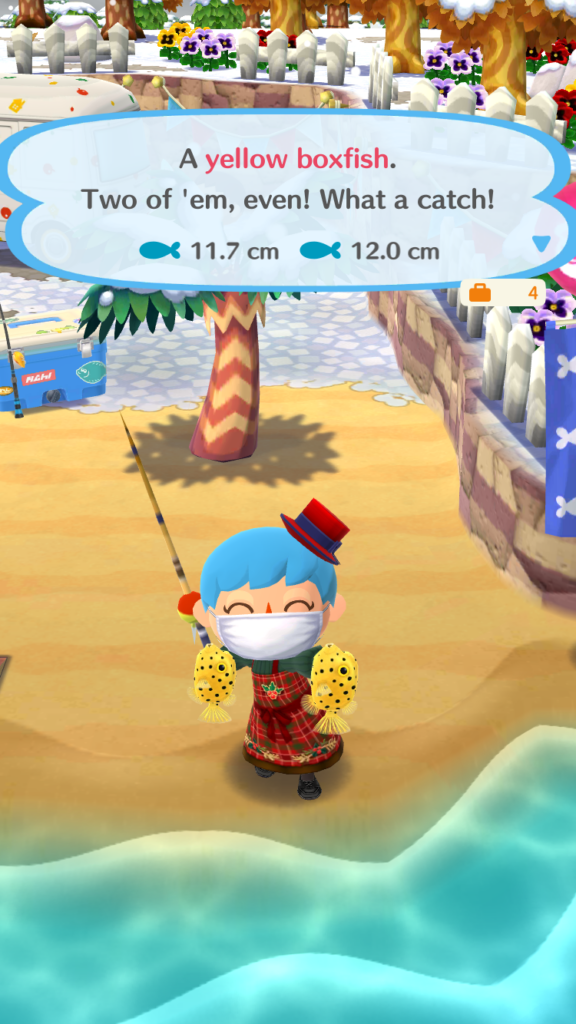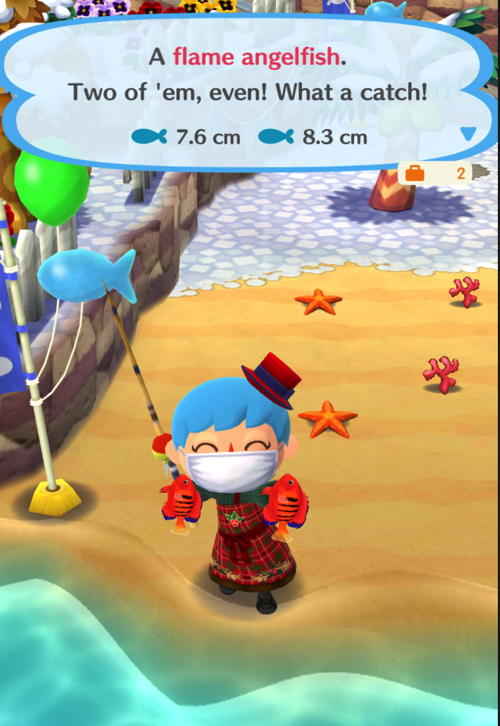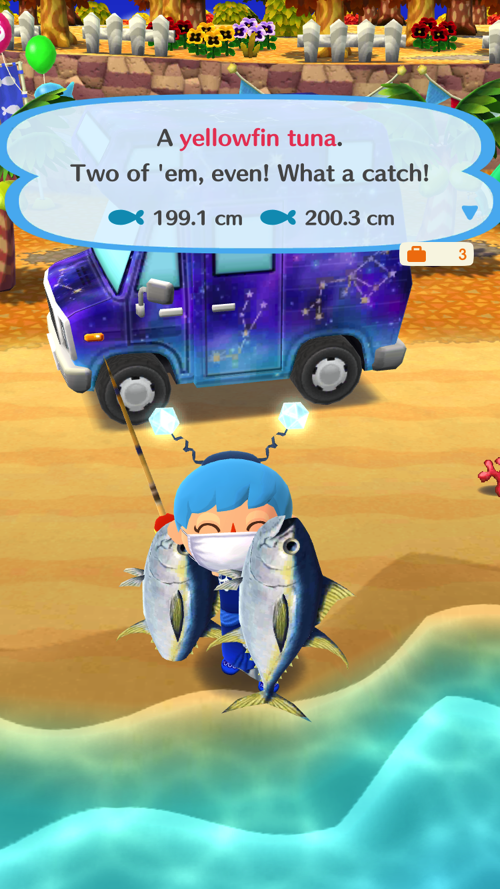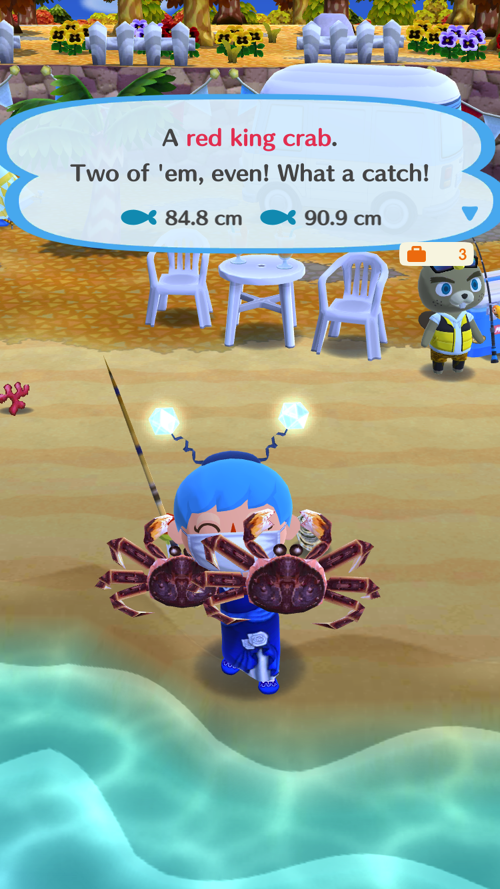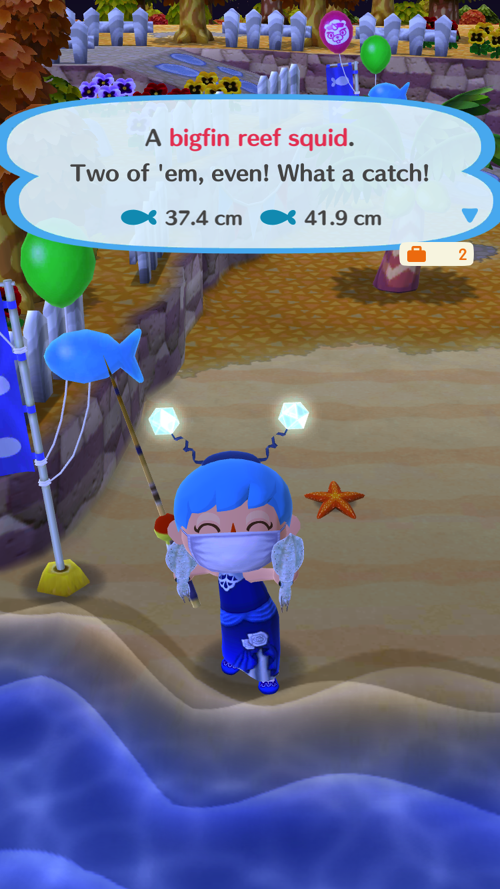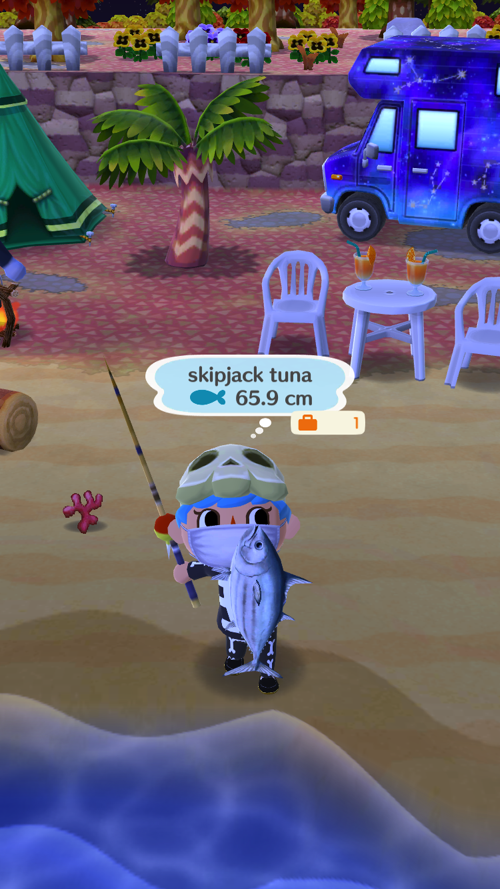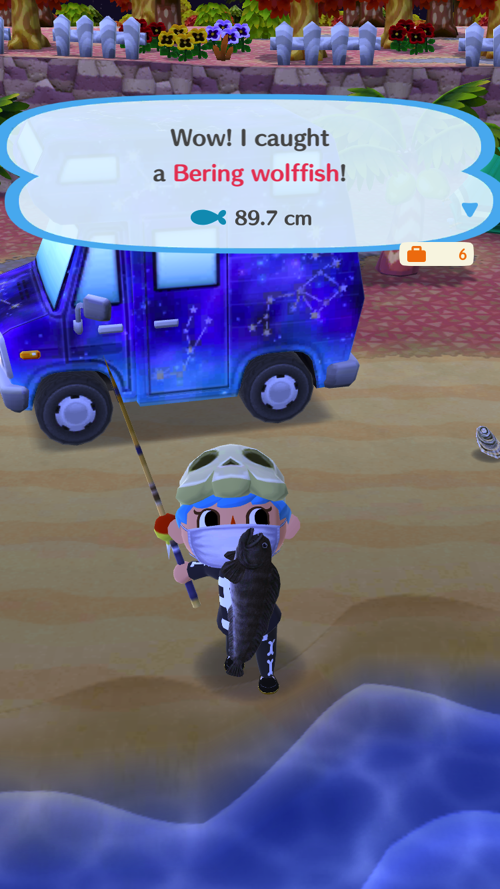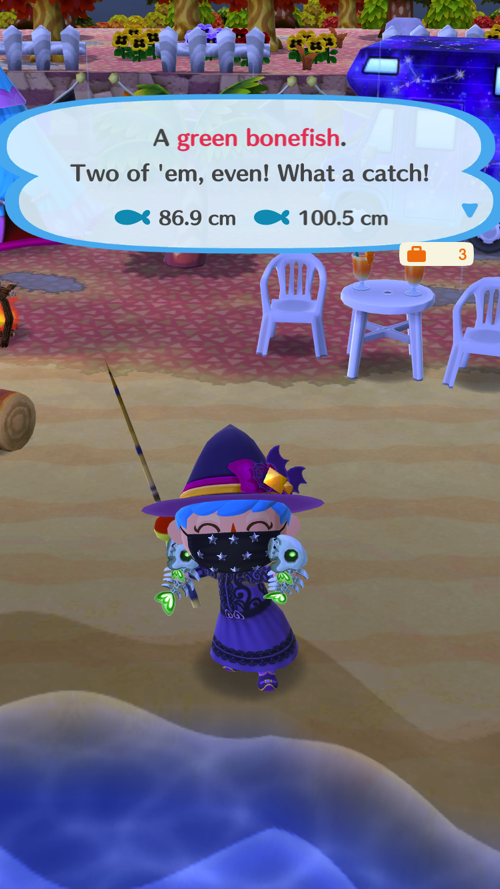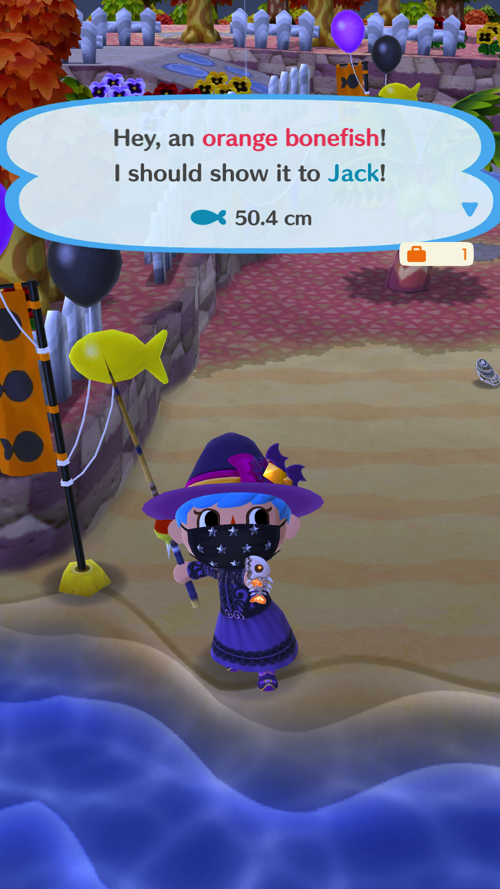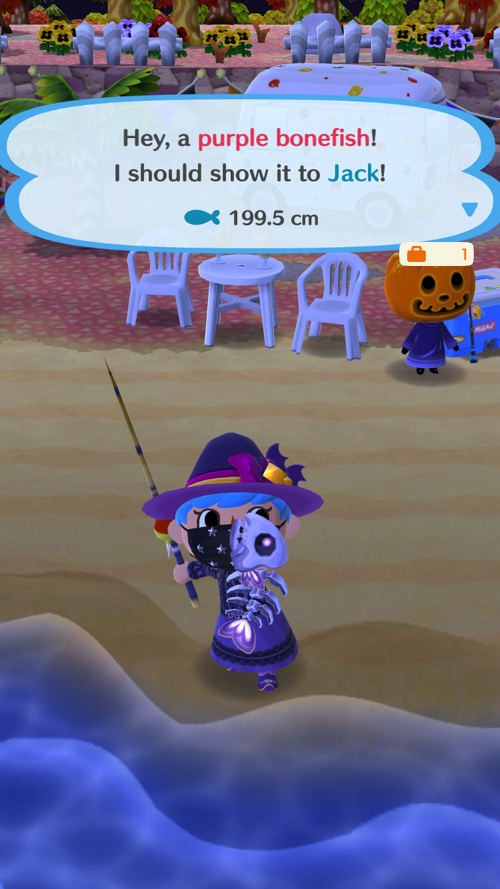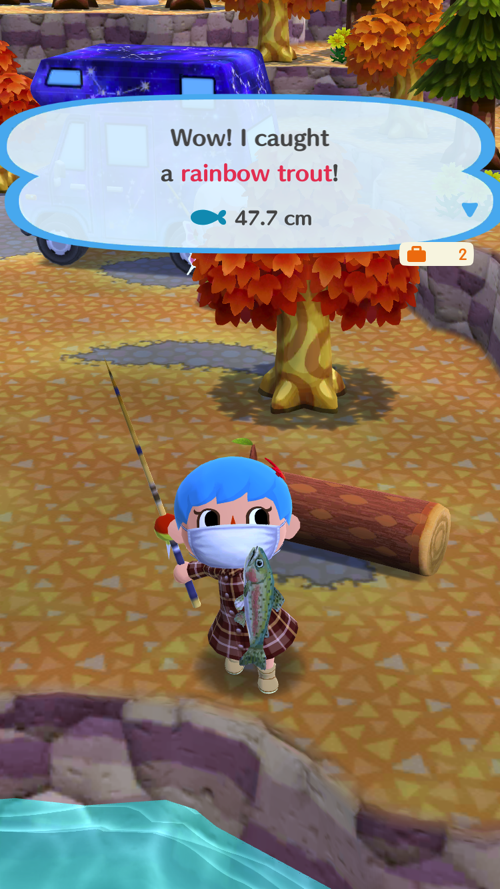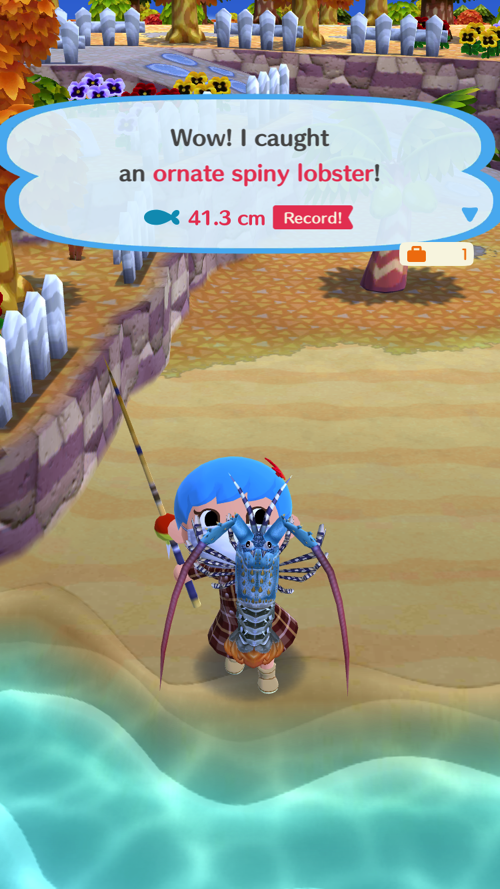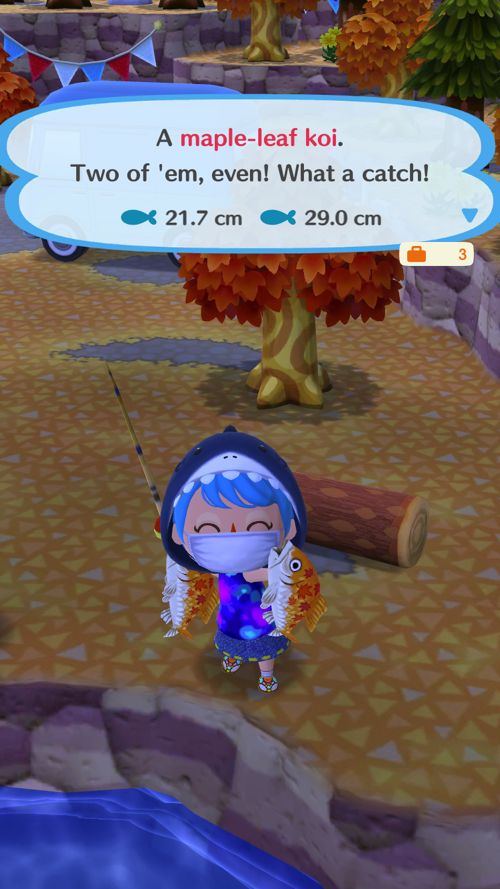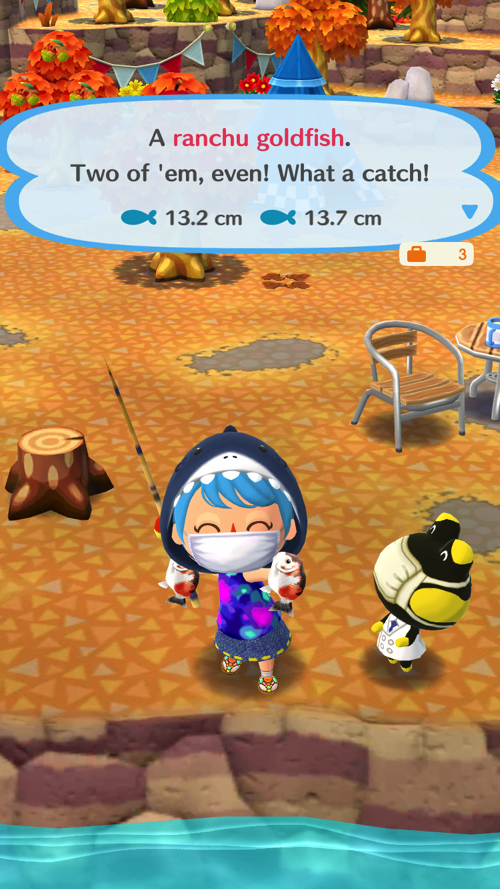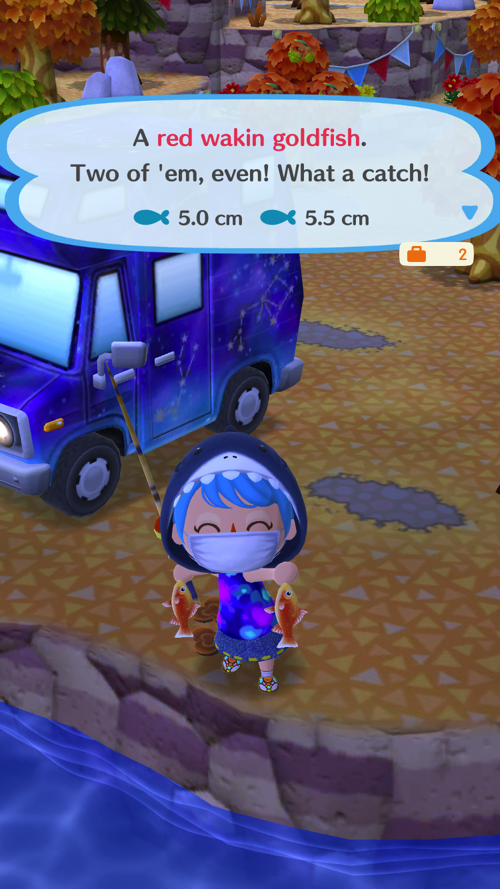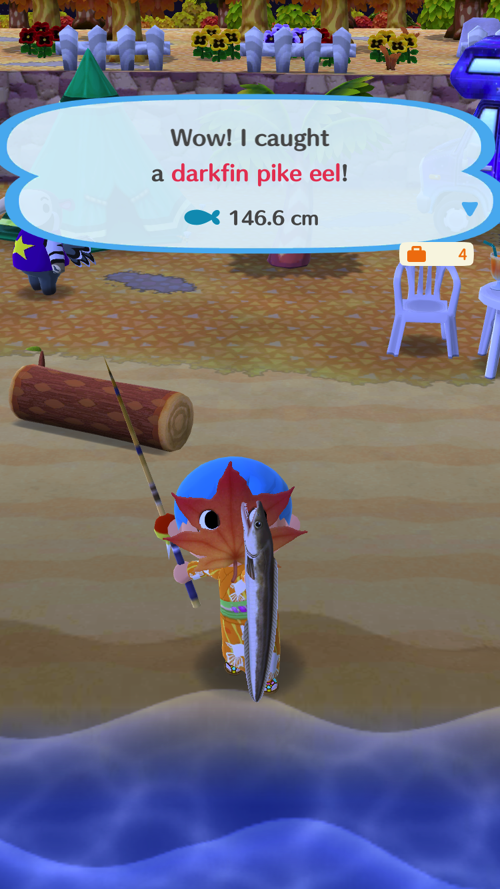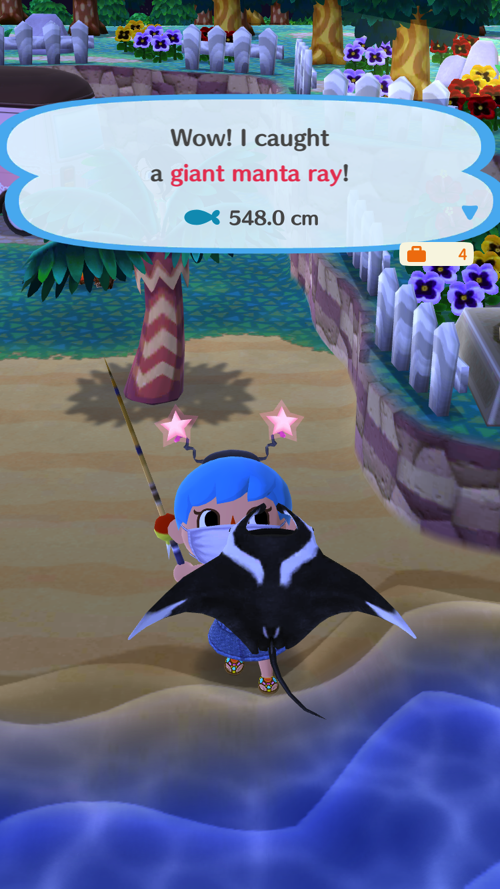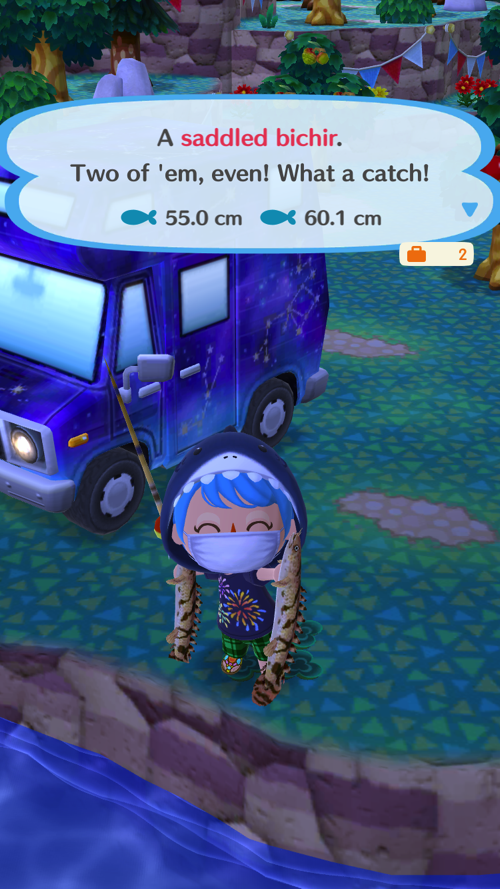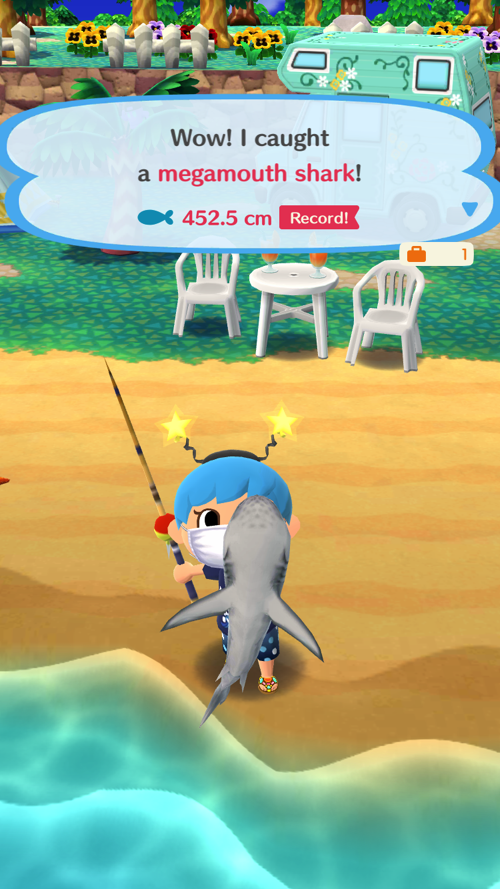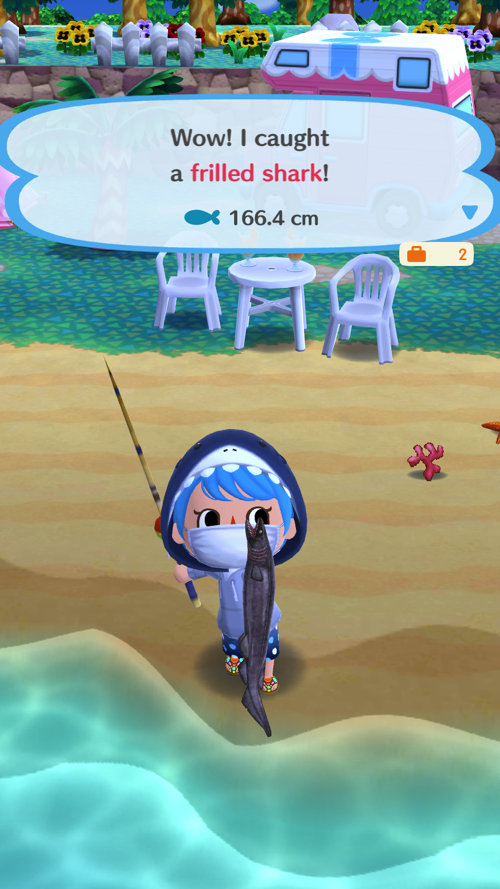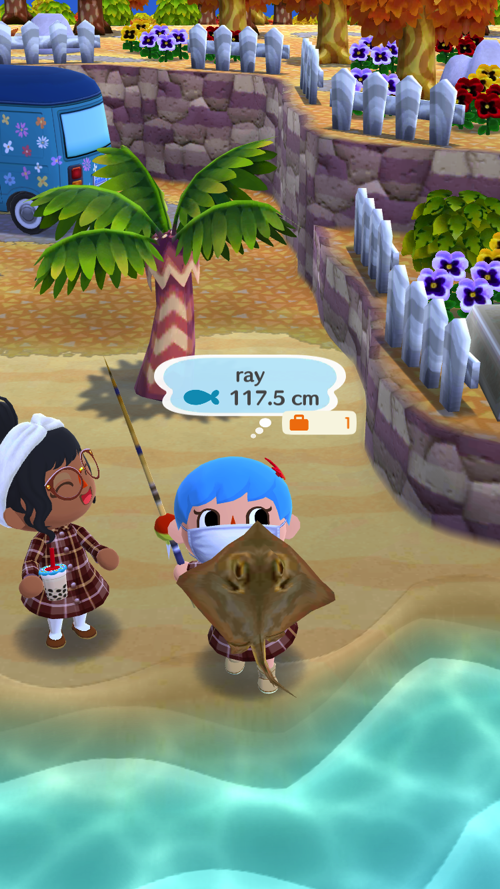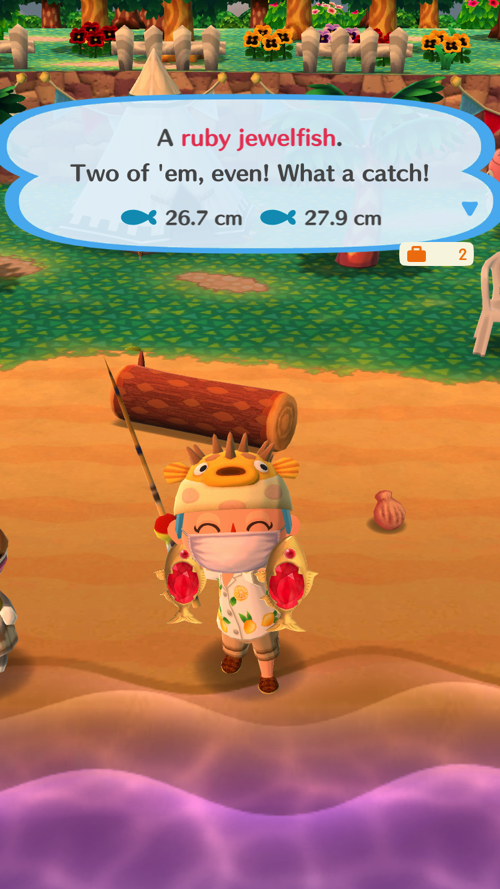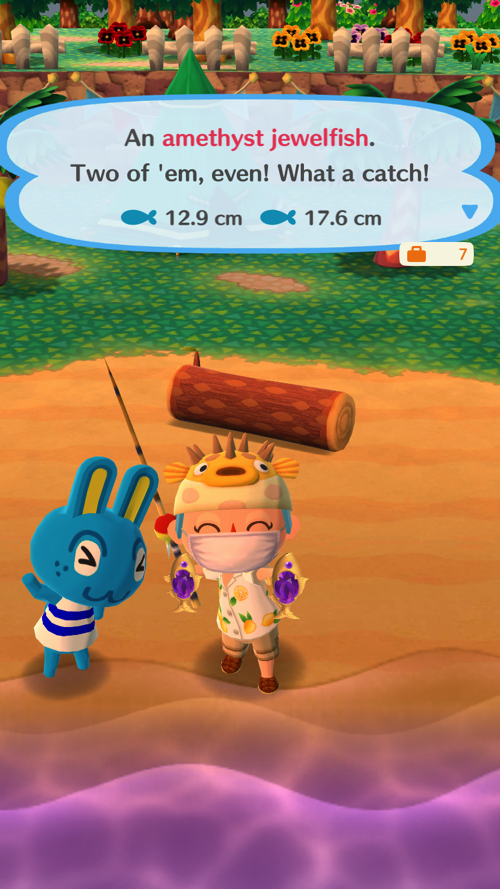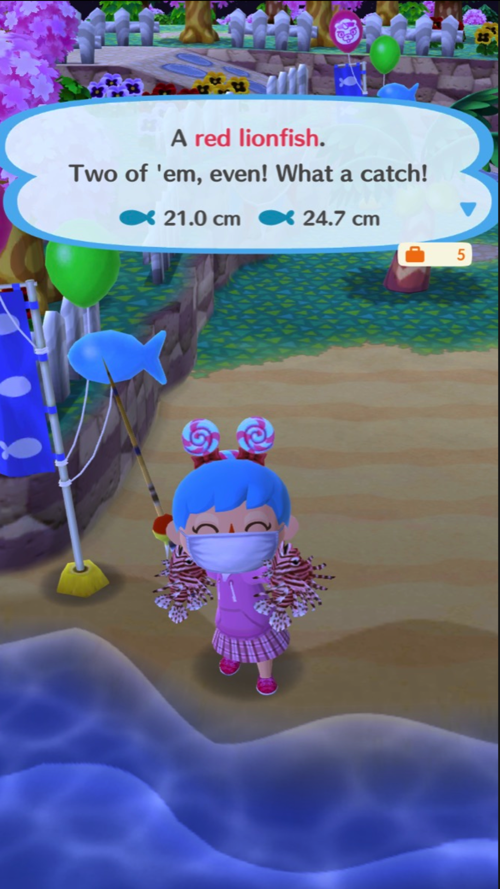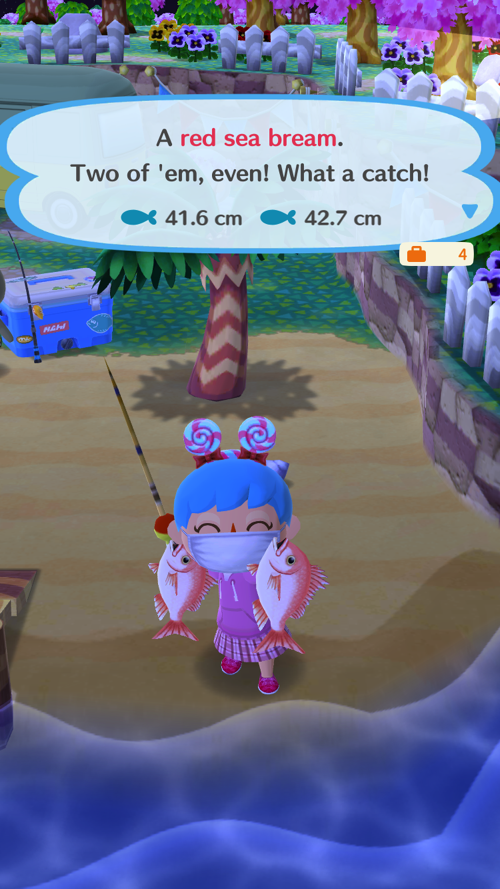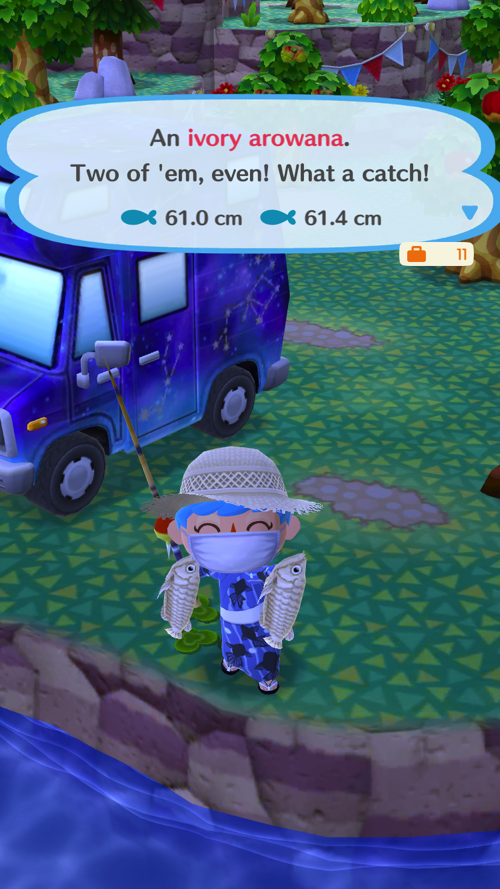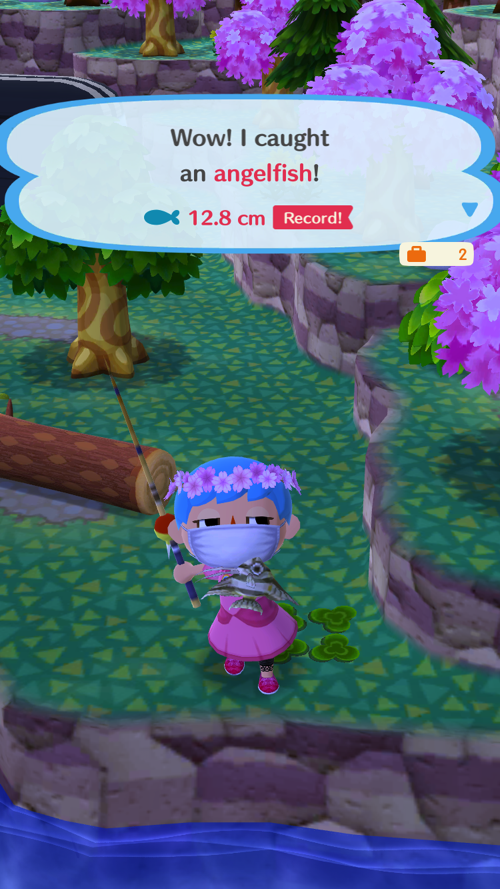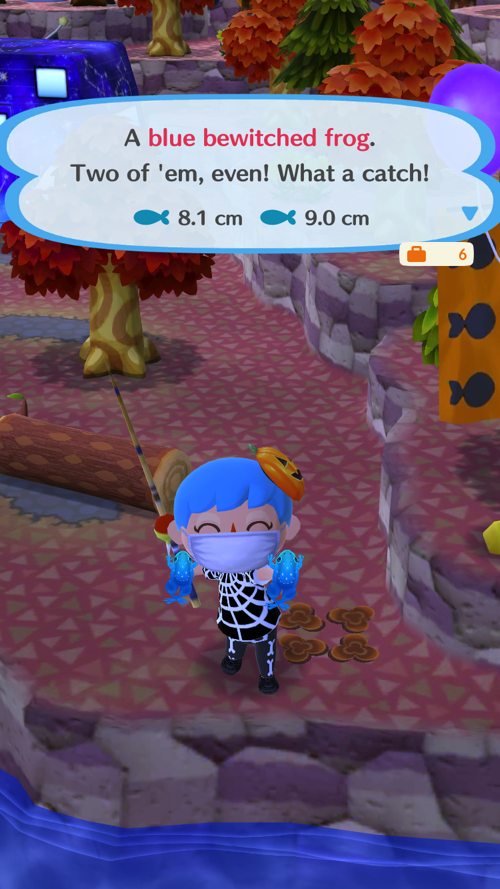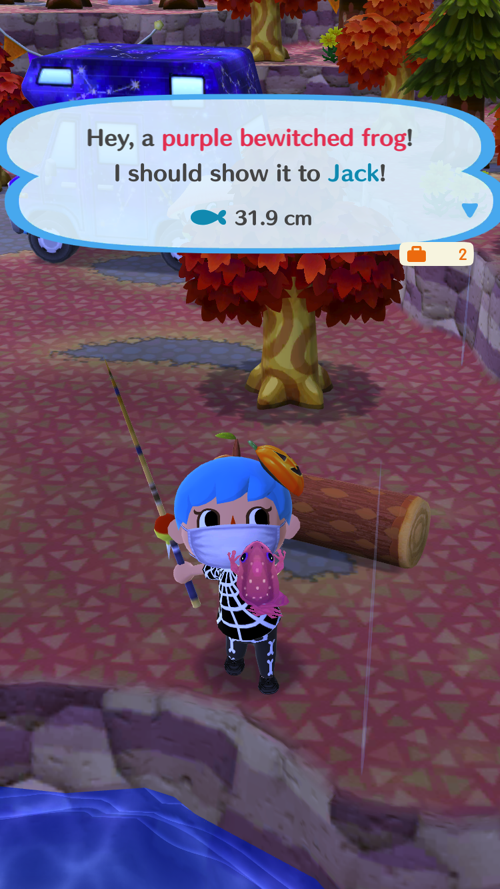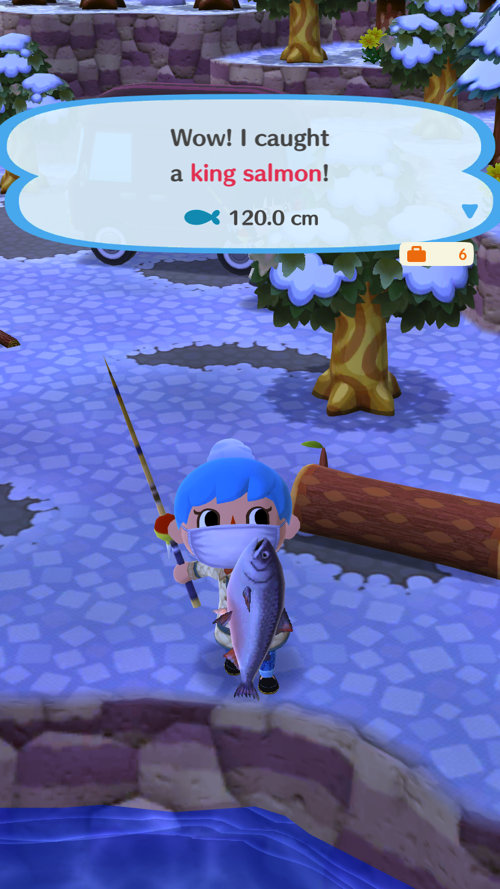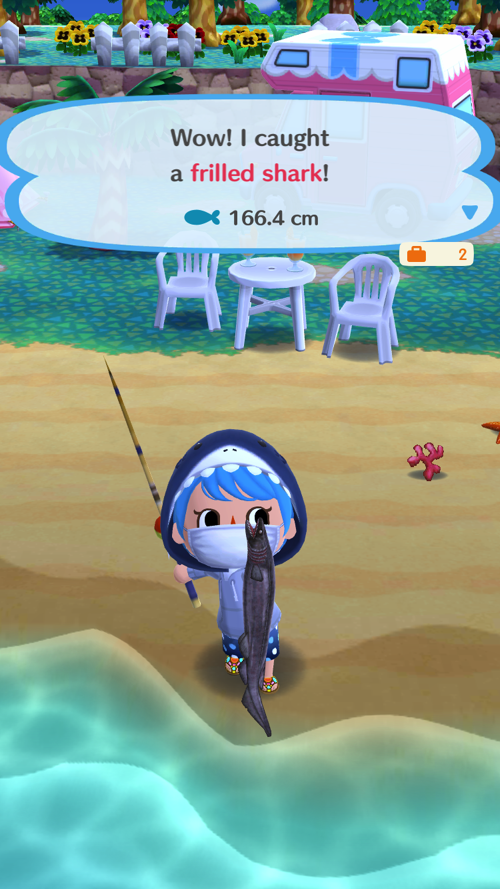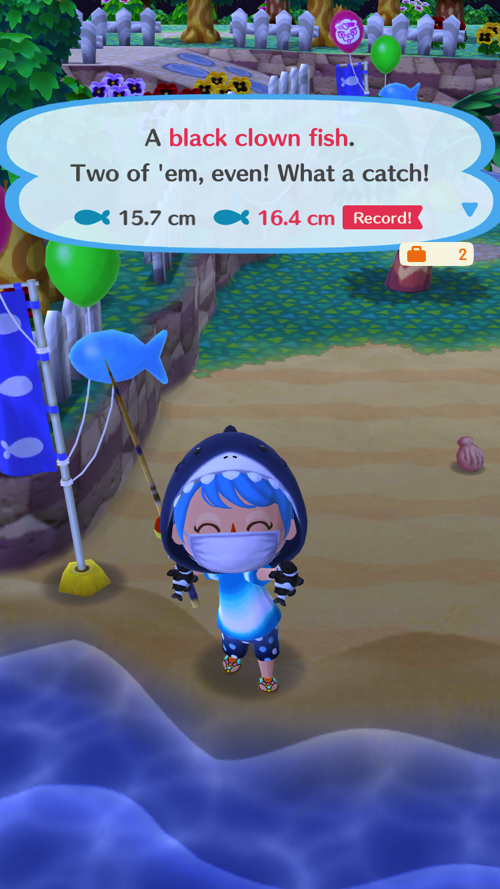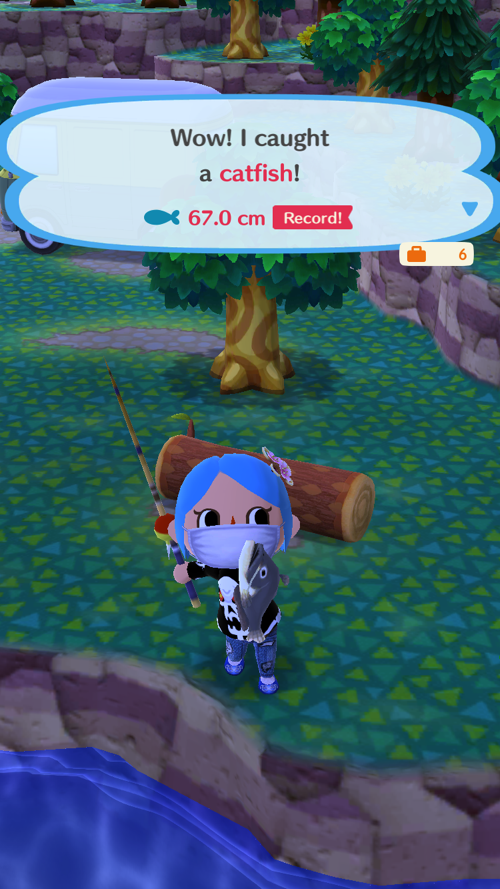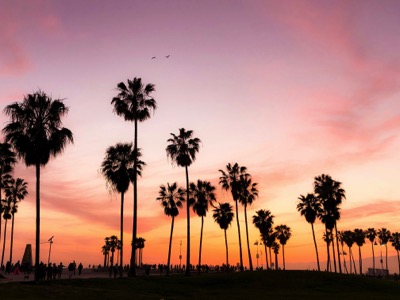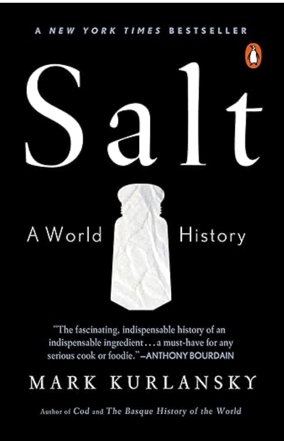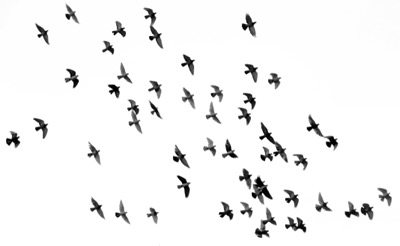
December 18, 2024: NPR reported: California Gov. Gavin Newsom has declared a state of emergency in response to the spread of bird flu among dairy cattle.
The declaration is a sign of growing concern over the situation in California, which has become the epicenter of the nation’s outbreak in cattle.
More than 300 dairy herds have tested positive in California in the last 30 day alone.
The governor said that cases detected in dairy cows on farms in Southern California showed that expanded monitoring and a more coordinated statewide response is needed in response statewide response is needed in to the outbreak.
“This proclamation is a targeted action to ensure government agencies have the resources and flexibility they need,” Newsom said in a statement.
“While the risk to the public remains low, we will continue to take all necessary steps to prevent the spread of this virus.”
California currently accounts for about half of known human infections in the U.S.
There’s no evidence of ongoing human to human spread in California or the rest of the country. But scientists warn that uncontrolled spread in dairy cattle heightens the risk of spillover into humans, which could give the virus a chance to acquire dangerous mutations.
The move also comes on the heels of another troubling development — the country’s first case of sever illness detected in a human.
On Wednesday, officials with the Centers for Disease Control and Prevention shared additional finding about that infection in a resident of Louisiana who was hospitalized after being exposed to sick and dead birds in backyard flocks.
Genetic sequencing indicates the H5N1 virus responsible for the illness belongs to a genetic lineage that’s circulating in wild birds and poultry — different from what’s spreading in dairy cattle and driving the majority of infections in agricultural workers.
In the U.S., more than 60 people have been infected so far, although some research suggests the official tally may be an undercount.
The illness linked to dairy cattle have largely led to mild illness in humans.
The version of the virus in the Louisiana case is the D1.1 genotype. It has previously popped up in poultry workers in Washington state, who developed mild symptoms after testing positive in October. More recently, however, a teenager in British Columbia was hospitalized after contracting this D1.1 strain of the virus.
Canadian health officials were unable to figure out how that person got infected.
The case in southwest Louisiana was detected during routine flu surveillance and eventually sent to the CDC for confirmation. The case doesn’t change the CDC’s assessment that the risk to the general public remains low.
Still, the hospitalization is a refined that bird flue has a well-established history of leading to severe illness and death over the past 20 years in other countries, Dr. Demetre Daskalakis with the CDC, told reporters on Wednesday during a press call.
Daskalakis said his agency is doing additional sequencing to look for any worrying changes in the virus that could signal it’s evolving to better infect humans or cause more severe disease.
Scientists were concerned that the case in British Columbia exhibited certain mutations that could spell trouble, although more research was needed to understand the exact implications.
Daskalakis revered reporters to Louisiana officials conducting the investigation into the case for further details on how the person caught the virus and their symptoms.
As with the Louisiana infection, most cases have been linked back to some kind of exposure to sick animals. Dairy cattle harbor high loads of virus in their milk and that’s expected to be causing infections in farm workers. Those working with infected poultry can also catch the virus.
However, several cases have cropped up in the U.S. that can’t be tracked back to infected farm animals, including California and Missouri.
“Infections without a clear source of exposure do occur, neither these cases, nor the cases with known animal or animal products exposure have resulted in human to human transmission,” said Daskalakis.
December 26, 2024: CDC posted about Avian Influenza (Bird Flu)
Genetic Sequences of Highly Pathogenic Avian Influenza A (H5N1) Viruses identified in a person in Louisiana
WHAT TO KNOW
CDC has sequenced the influenza virus in specimens collected from the patient in Louisiana who was infected with, and became severely ill from HPAI A(H5N1) virus. The genomic sequences were compared to other HPAI A(H5N1) sequences from dairy cows, wild birds, and poultry, as well as previous human cases and were identified as the D1.1 genotype.
The analysis identified low frequency mutations in the hemagglutinin gene of a sample sequenced from the patient, which were not found in tissue virus sequence from poultry samples collected on the patient’s property, suggesting the changes emerged in the patient after infection.
BACKGROUND
This is a technical summary of an analysis of the genomic sequences of the viruses identified in two upper respiratory tract specimens from the patient who was severely ill from an infection with highly pathogenic avian influenza (HPAI)A(H5N1) virus in Louisiana. The patenting was infected with A(H5N1) virus of the D1.1 genotype virus that is closely related to other D1.1 viruses recently detected in wild birds and poultry in the United States and in recent human cases in British Columbia, Canada, and Washington State.
This avian influenza A(H5N1) virus genotype is different from the B3.13 genotype spreading widely and causing outbreaks in dairy cows, poultry, and other animals, with sporadic human cases in the United States.
Deep sequencing of the genetics sequences from two clinical specimens from the patient in Louisiana was preformed to look for changes associated with adaptation to mammals.There were some low frequency changes in the hemagglutinin (HA) gene segment of one of the specimens that are rare in people but have been reported in previous cases of A(H5N1) in other countries and most often during severe infections.
One of the changes found was also identified in a specimen collected from the human case with severe illness detected in British Columbia, Canada, suggesting they emerged during the clinical course as the virus replicated in the patient. Analysis of the N1 nueraminidase (NA), matrix (M) and polymerase acid (PA) genes from the specimens showed no changes associated with known or suspected markers of reduced susceptibility to antiviral drugs.
CDC Update
December 26, 2024: – CDC has sequenced the HPAI A(H5N1) avian influenza viruses in two respiratory specimens collected from the patient in Louisiana who was severely ill from an A(H5N1) virus infection. CDC received two specimens collected at the same time from the patient while they were hospitalized for severe respiratory illness: a nasopharyngeal (NP) and combined NP/oropharyngeal (OP) swab specimens.
Initial attempts to sequence the virus from the patient’s clinical respiratory specimens using standard RNA extraction and multisegment RTPC (M-RTPCR) techniques yielded only partial genomic data and virus isolation was not successful. Nucleic acid enrichment was needed to sequence complete genomes with sufficient coverage depth to meet quality thresholds.
CDC compared the influenza gene segments from each specimen with A(H5N1) virus sequences from dairy cows, wild birds, poultry and other human cases in the U.S. and Canada….
…The NP specimen, notably, did not have these low frequency changes indicating they may have been detected from swabbing the oropharyngeal cavity of the patient. While these lose frequency changes are rare in humans, they have been reported in previous cases of A(H5N1) in other countries and most often identified in a specimen collected from the severe human case detected in British Columbia, Canada.
This summary analysis focuses on mixed nucleotide detections a residues A135AV, N182K, E186D as these changes may result in increased virus binding to a2-6 cell receptors found in the upper respiratory tract of humans. It is important to note that these changes represent a small proportion of the total virus population identified in the sample analyzed (i.e., the virus still maintains a majority of ‘avian’ amino acids at the residues associated with receptor binding).
The changes observed were likely generated by replication of this virus in the patient with advanced disease rather than primarily transmitted at the time of infection. Comparison of influenza A(H5) sequence data from viruses identified in wild birds and poultry in Louisiana, including poultry identified on the property of the patient, and other regions of the United States did not identify these changes.
Of note, virus sequences from poultry sample on the patient’s property were nearly identical to the virus sequences from the patient but did not hav mixed nucleotides identified in the patient’s clinical sample, strongly suggesting that the changes emerged during infection as virus replicated in the patient.
Although concerning, and a reminder that A(H5N1) viruses can develop changes during the clinical course of a human infection, these changes would be more concerning if found in animal hosts or in early stages of infection (e.g., within a few days of symptom onset) when these change might be more likely to facilitate spread to close contacts.
Notably, in this case, no transition from the patient in Louisiana to other persons has been identified. The Louisiana Department of Public Health and CDC are collaborating to generate additional sequence data from sequential patient specimens to facilitate further genetic and virology analysis…
December 21, 2024: The Associated Press reported: “California declared an emergency. How serious is bird flu?” It was written by Jones Aleccia.
California officials have declared a sate of emergency over the spread of bird flu, which is tearing through dairy cows in that state and causing sporadic illnesses in people in the U.S.
That raises new questions about the virus, which has spread for years in wild birds, commercial poultry and many mammal species.
The virus, also known as Type A H5N1, was detected for the first time in U.S. dairy cattle in March. Since then, bird flu has been confirmed in at least 866 herds in 16 states.
More than 60 people in eight states have been infected, with mostly mild illnesses, according to the U.S. Center for Disease Control and Prevention. One person in Louisiana has been hospitalized with the nation’s first known severe illness caused by the virus, health officials said this week.
Why did California declare a state of emergency?
Gov. Gavin Newsom said he declared the state of emergency to better position state staff and supplies to respond to the outbreak.
California has been looking for bird flu in large milk tanks during processing. And they have found the virus in at least 650 herds, representing about three-quarters of all affected U.S. diary herds.
The virus was recently detected in Southern California dairy farms after being found in the state’s Central Valley since August.
“This proclamation is a targeted action to ensure government agencies have the resources and flexibility they need to respond quickly to this outbreak,” Newsom said in a statement.
What’s the risk to the general public?
Officials with the Centers for Disease Control and Prevention stressed again this week that the virus poses low risk to the general public.
Importantly, there are no reports of person-to-person transmission and no signs that the virus has changed to spread more easily among humans.
In general, flu experts agreed with that assessment, saying it’s too soon to tell what trajectory the outbreak could take.
“The entirety unsatisfactory answer is going to be: I don’t think we know yet,” said Richard Webby, an influenza expert at St. Jude Children’s Hospital.
But virus experts are wary because flu viruses are constantly mutating and small genetic changes could change the outlook.
Are cases becoming more serious?
This week, health officials confirmed the first known case of severe illness in the U.S. All the previous U.S. cases — there have been about 60 — were generally mild.
The patient in Louisiana, who is older than 65 and had underlying medical problems, is in critical condition. Few details have been released, but officials said the person developed severe respiratory symptoms after exposure to a backyard flock of sick birds.
That makes it the first confirmed U.S. infection tied to backyard birds, the CDC said.
Tests showed that the strain that caused the person’s illness is one found in wild birds, but not in cattle. Last month, health officials in Canada reported that a teen in British Columbia was hospitalized with a severe case of bird flu, also with the virus strain found in wild birds.
Previous infections in the U.S. have been almost all in farmworkers with direct exposure to infected dairy cattle or poultry. In two cases — an adult in Missouri and a child in California — health officials have not determined how they caught it.
It’s possible the as more people become infected, more severe illnesses will occur, said Angela Rasmusen, a virus expert at the University of Saskatchewan in Canada.
Worldwide, nearly 1,000 cases of illnesses caused by H5N1 have been reported since 2003, and more than half of people infected have died, according to the World Health Organization.
How can people protect themselves?
People who have contact with dairy cows or commercial poultry or with backyard birds are at higher risk and should use precautions including respiratory and eye protection and gloves, CDC and other experts said.
“If birds are beginning to appear ill or die, they should be very careful about how they handle those animals,” said Michael Osterholm, a public health expert at the University of Minnesota.
The CDC has paid for flu shots to protect farmworkers against seasonal flu — and against the risk that the workers could become infected with two flu types at the same time, potentially allowing the bird flu virus to mutate and become more dangerous. The government also said that farmworkers who come in close contact with infected animals should be tested and offered antiviral drugs even if they show no symptoms.
How else is the bird flu being spread?
In addition to direct contact with farm animals and wild birds, the H5N1 virus can be spread in raw milk. Pasteurized milk is safe to drink, because the heat treatment kills the virus, according to the U.S. Food and Drug Administration.
But high levels of the virus have been found in unpasteurized milk. And raw milk sold in stores in California was recalled in recent weeks after the virus was detected at farms and in the products.
In Los Angeles, county official reported that two indoor cats that were fed the recalled raw milk died from bird flu infections. Officials were investigating additional reports of sick cats.
Health officials urge people to avoid drinking raw milk, which can spread a host of germs in addition to bird flu.
The U.S. Agriculture Department has stepped up testing raw milk across the country to help detect and contain the outbreak. A federal order issued this month requires testing, which began this week in 13 states.
December 27, 2024: MSNBC reported: “What to know about the spread of the bird flu” It was written by Clarissa-Jan Lim
The spread of the bird flu among humans and other mammals in the United States has sparked some concern among public health experts in recent weeks, though U.S. officials say the risk it currently poses to the public is low.
Since the first reported outbreak among dairy cattle in March, this particular bird flu virus, H5N1, has spread across hundreds of herds in more than a dozen states. More recently, authorities have reported at least two severe human cases in North America and issued recalls of pet and human foods due to bird flu contamination.
Here’s what to know about the outbreak.
How does bird flu spread?
Avian flu, commonly known as bird flu, has been around for decades, but a recent increase in cases among wild birds likely led to an outbreak among dairy cows in Texas earlier this year, according to the Johns Hopkins Bloomberg School of Public Health. Since then, bird flu has been detected in other animals; last week, an animal sanctuary in Washington state announced that 20 of its big cats had died of confirmed cases of bird flu.
Bird flu may be transmitted through exposure to infected animals, such as consuming undercooked or raw meat from infected animals or directly handling such animals. An Oregon-based company issued a voluntary recall of raw and frozen pet food this week after a housesat died of bird flu.
Earlier this month, the California Department of Public Health suspended the distribution of Raw Farm raw milk products after milk samples tested positive for bird flu virus. No illnesses were reported in connection with the contaminated raw milk.
The U.S. Department of Agriculture has said poultry and eggs, if properly handled and cooked, are safe from viruses and bacteria, including bird flu.
How many human cases in the U.S.?
There have been 65 recorded human cases of bird flu in the U.S. this year. a vast majority of which was due to exposure associated with dairy cow and poultry operations, according to the Centers of Disease Control and Prevention. In November, a child in California was determined to have been infected with bird flu, the CDC said.
There is no evidence of human-to-human transmission, and infections in humans have largely been mild. But authorities have not been able to locate a source of infection in several human cases, and two severe cases among people — one in British Columbia and one in Louisiana — have alarmed experts.
In November, a previously healthy teenager in British Columbia, Canada, contracted a severe case of bird flu. Local authorities said this week that there was no evidence of human-to-human transmission from the patient, though they could not locate the source of the teenager’s infection. The patient is still in critical condition.
The U.S. similarly recorded its first severe case of bird flu in a case in Louisiana last week, after suspected contact with an infected backyard flock. The patient was hospitalized in critical condition. A genetic analysis of samples from the patient revealed that the virus may have mutated in the patient to become more transmittable among humans, the CDC said Thursday, but there is no evidence thus far that it has passed along.
The Louisiana patient was infected with “a strain of the virus different from the one affecting dairy cows and causing sporadic cases in farmworkers in the U.S.,” NBC News reported.
How dangerous it is?
For now, public health authorities say the overall risk of bird flu to the public is low, given that it has not developed a proven ability to transmit from human to human. However, some experts fear the virus could further mutate to do so. They point to the urgent need to eliminate the virus — or at least slow its spread before it turns into a full-blown pandemic.
July 3, 2024: The Hill posted: “Fourth human bird flu case tied to dairy cow outbreak reported”
The Centers for Disease Control and Prevention (CDC) reported on Wednesday the fourth human case of bird flu linked to the ongoing dairy cow outbreak in the country, marking the first such case reported in Colorado.
All four cases were reported in people who work on dairy farms where cows tested positive for the H5N1 strain of the virus. Since March, two cases have been identified in Michigan and one case identified in Texas. The cases are all unrelated, the CDC said.
The Colorado man, as with the first two human patients, reported only pink eye symptoms, which the Colorado Department of Public Health and Environmental (CDPHE) described as “mild.” In the third case, identified in Michigan in late May, the person experienced respiratory symptoms including cough without fever and eye discomfort with watery discharge.
The Colorado patients took the antiviral Tamil, and has recovered, the CDC said.
The CDC said the risk to the general public remains low. There is a greater risk, however, for people with “close or prolonged, unprotected exposures to infected birds or other animals (including livestock), or to environments contaminated by infected birds or other animals,” according to the CDC.
“The risks to most people remains low, CDPHE state epidemiologist Rachel Herlihy said in a statement. “Avian flu viruses are currently spreading among animals, but they are not adapted to spread from person to person. Right now, the most important thing is to know that people who have regular exposure to infected animals are at increased risk of infection and should take precautions when they have contact with sick animals.”
The Colorado man was being monitored, as he is a farmworkers who had exposure to infected cattle. He reported his symptoms to state health officials, who conducted tests that were inconclusive. The CDC conducted tests that came back positive.
The CDC has been monitoring states’ flu surveillance systems, “and there has been no sign of unusual influenza activity in people, including in syndromic surveillance,” according to the CDC.
Still, health officials are warning the public to be vigilant about only drinking milk that is pasteurized an only eat “properly handled and cooked dairy, beef, and poultry products.” The CDPHE warned Coloradans not to touch sick or dead animals. If they must do so, the CDPHE said, people should wear personal protective equipment including an N95 respirator, eye protection and gloves.





















